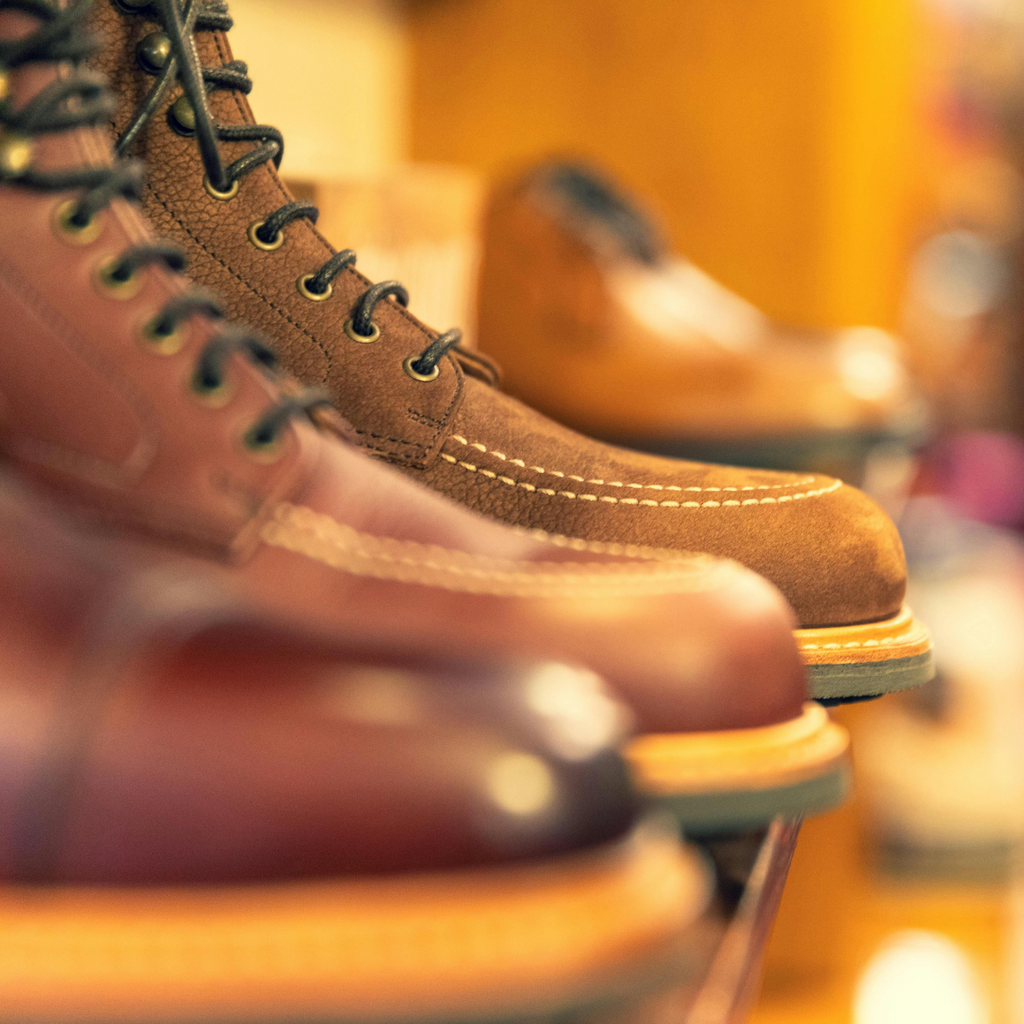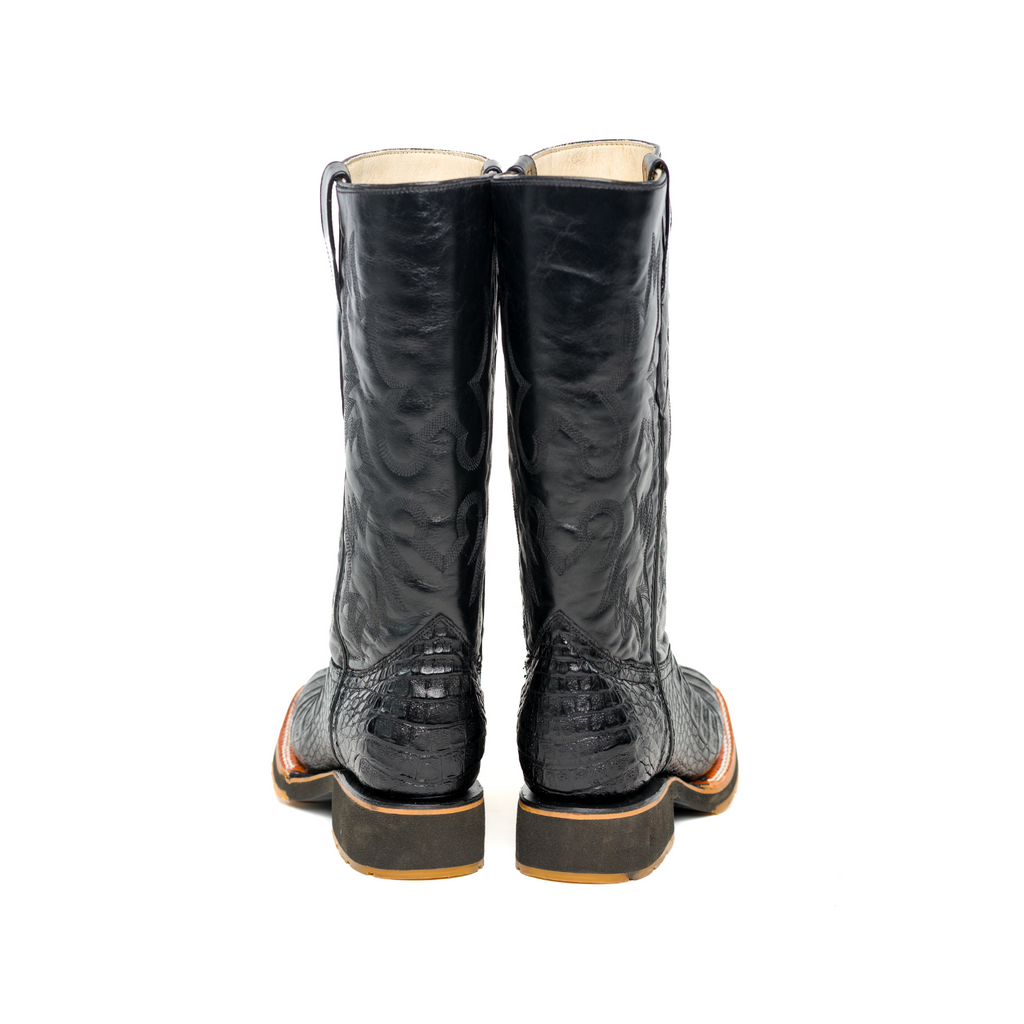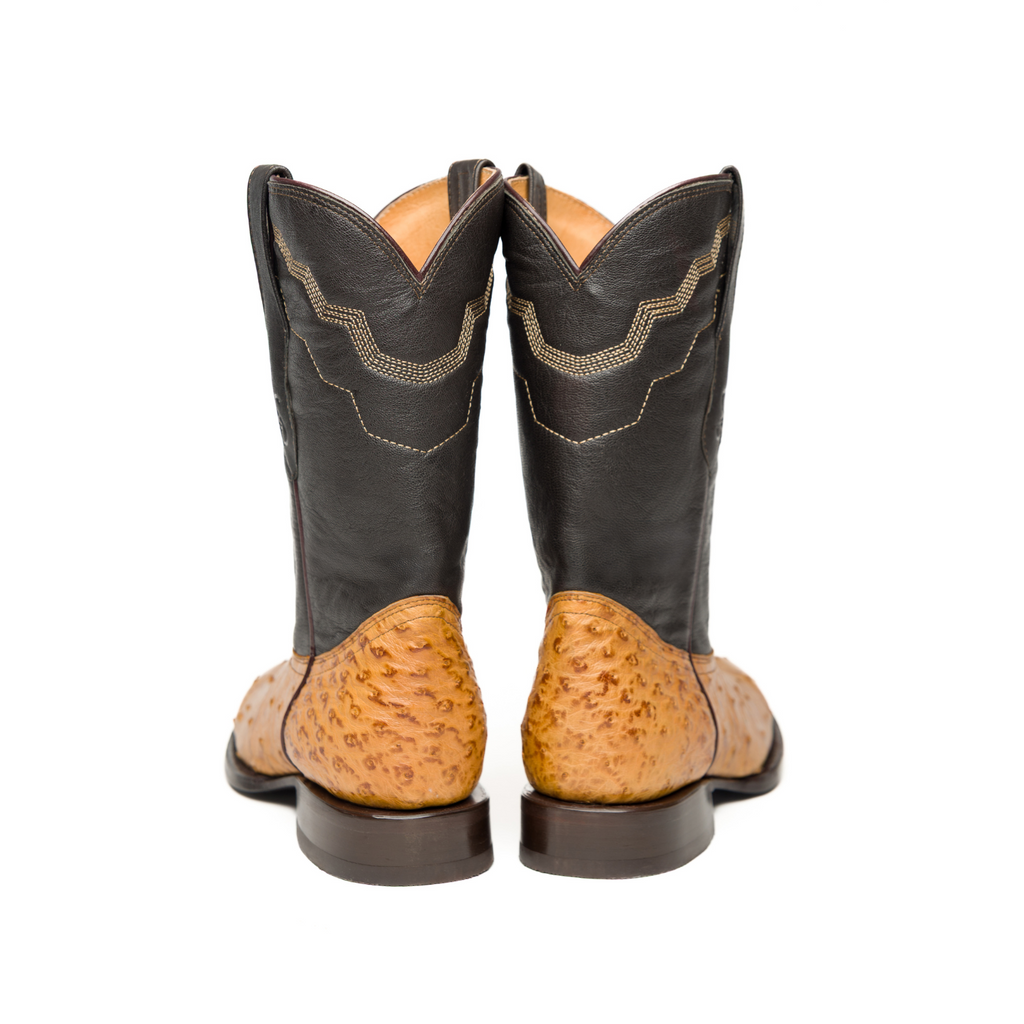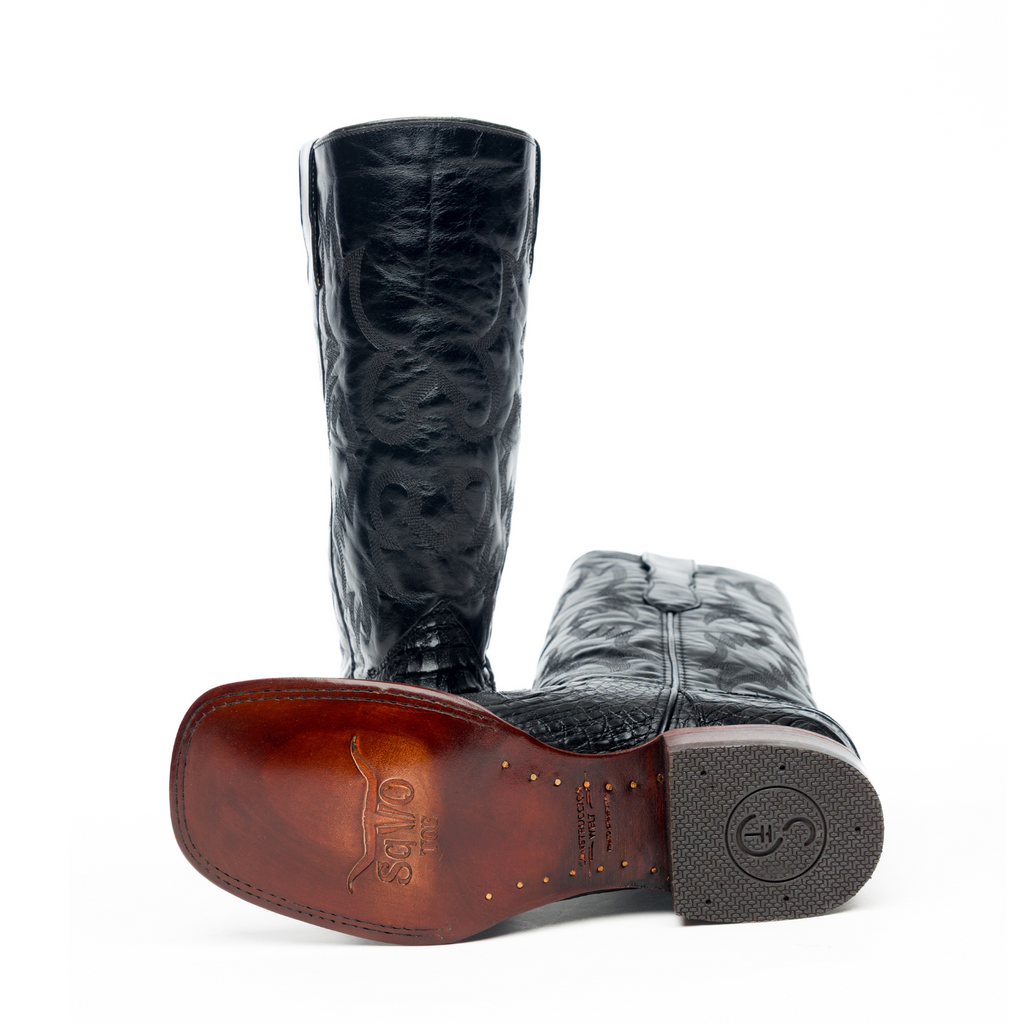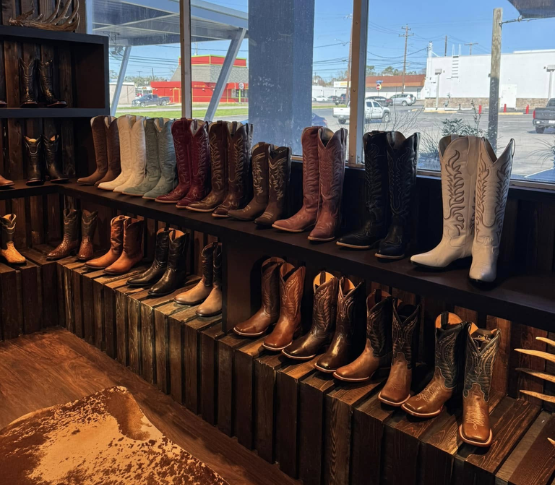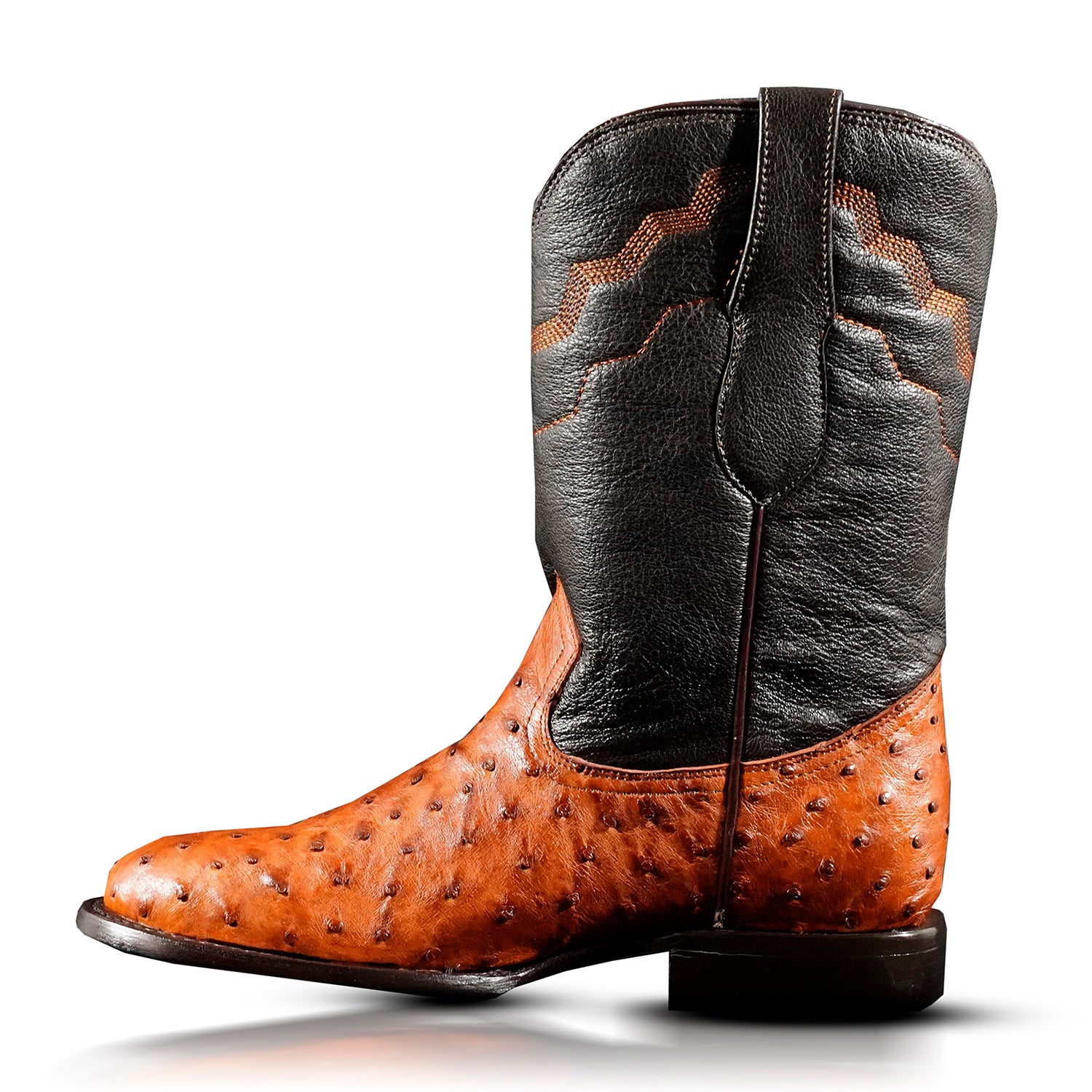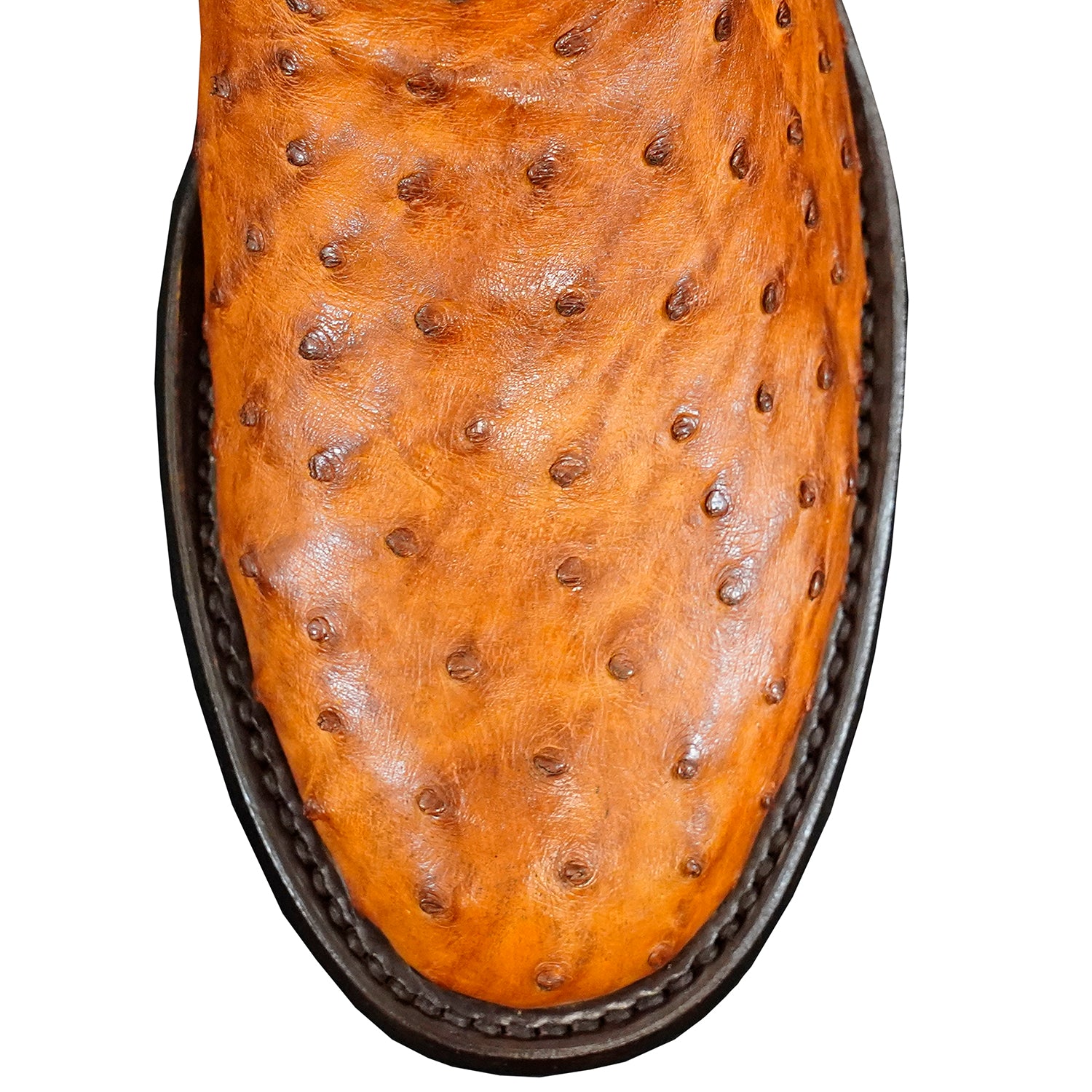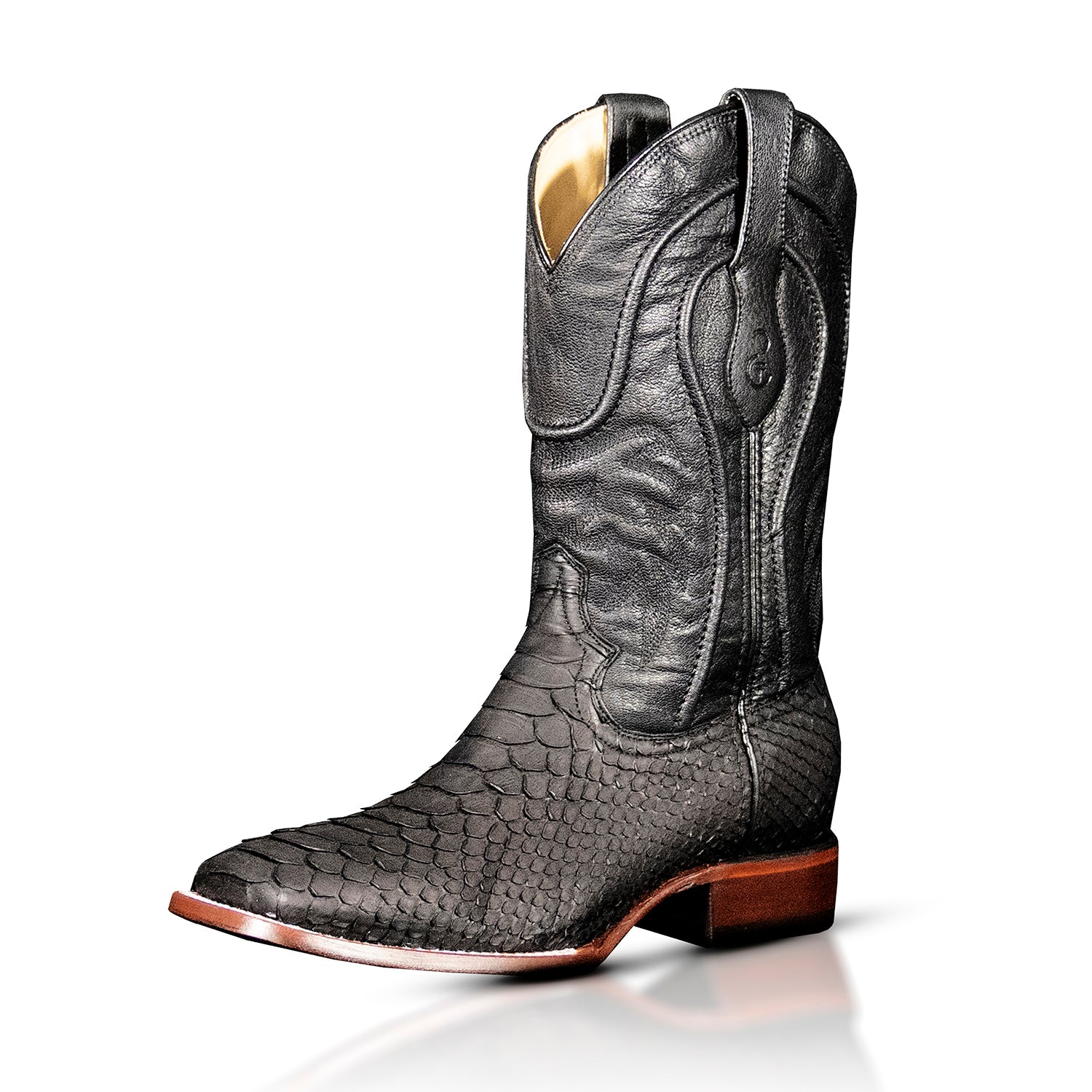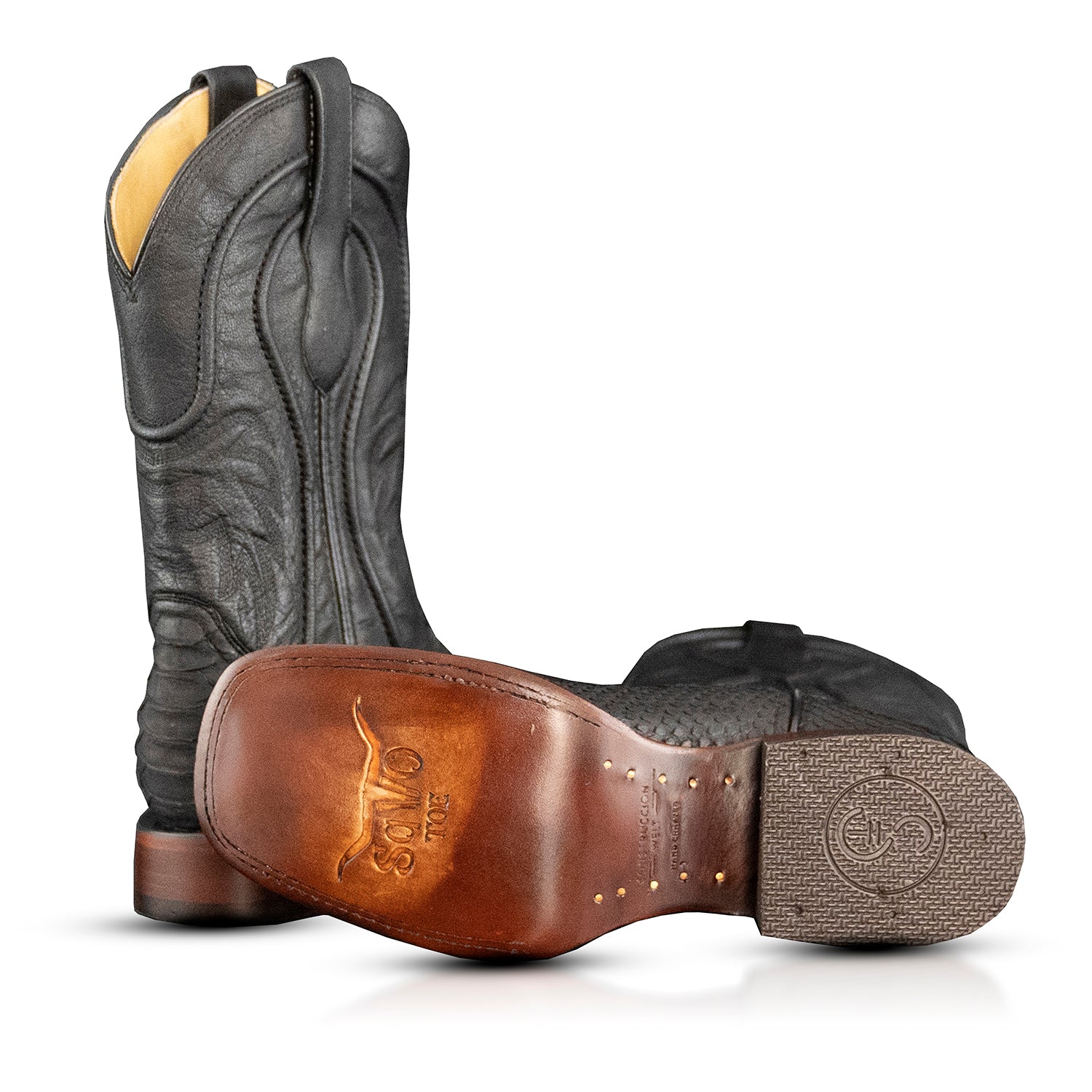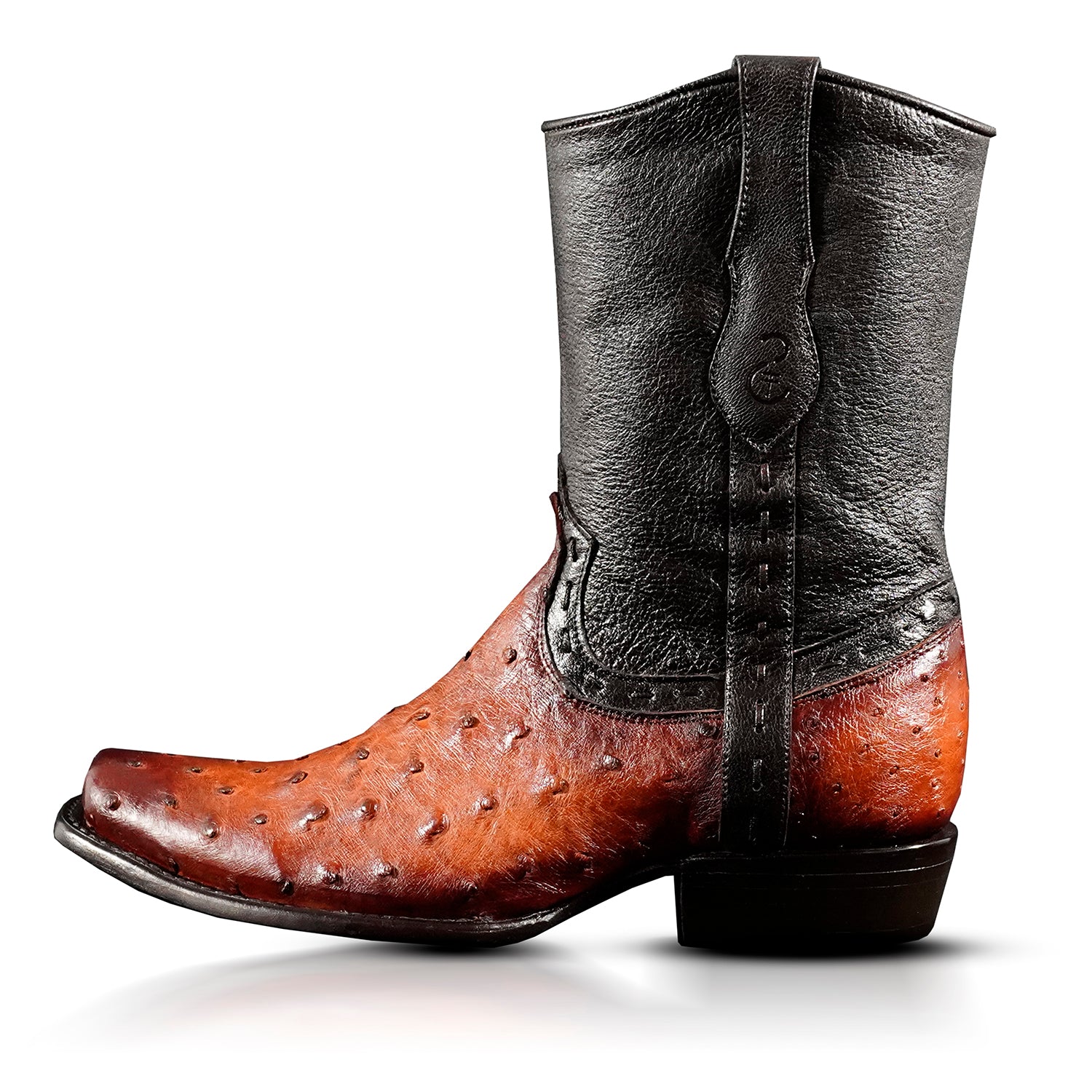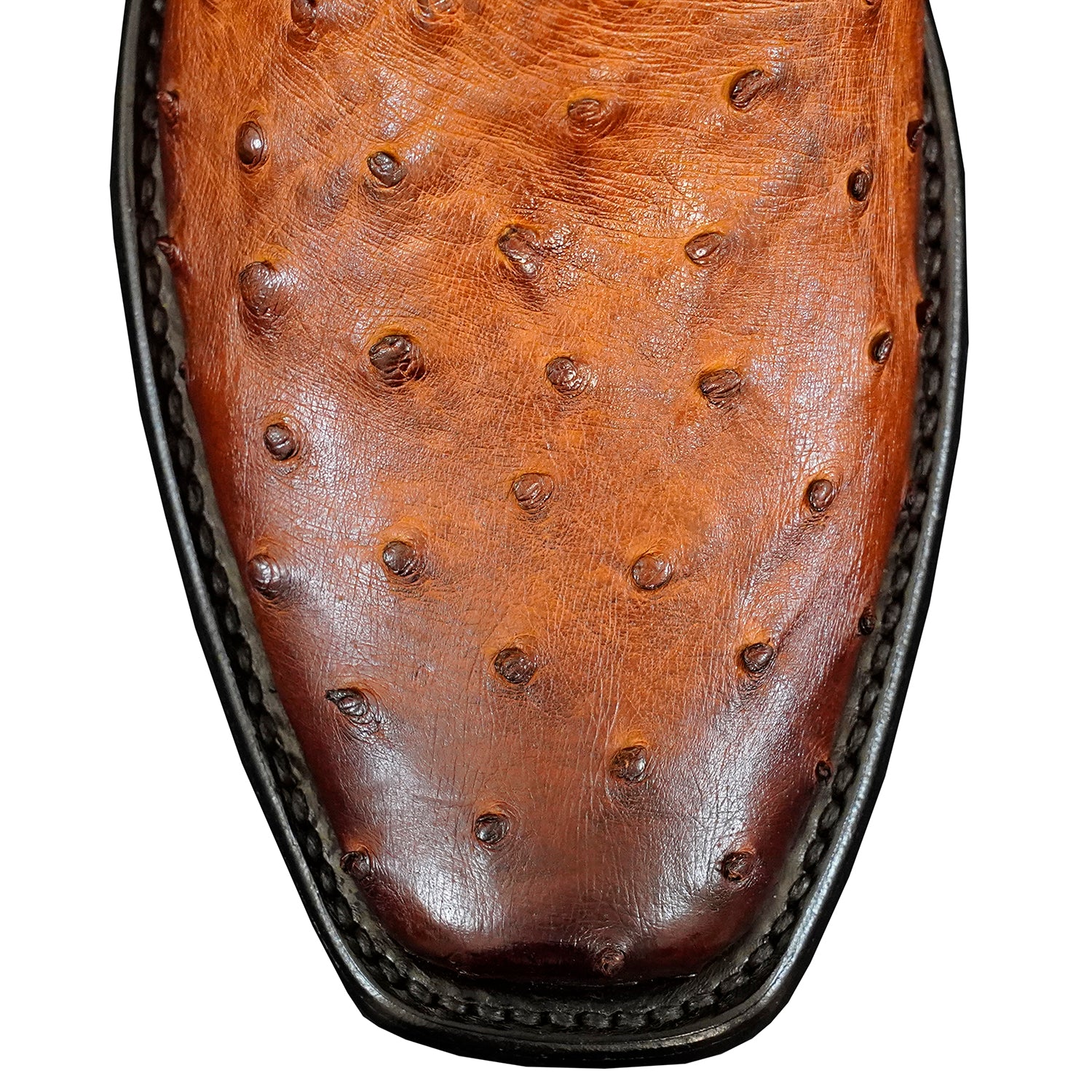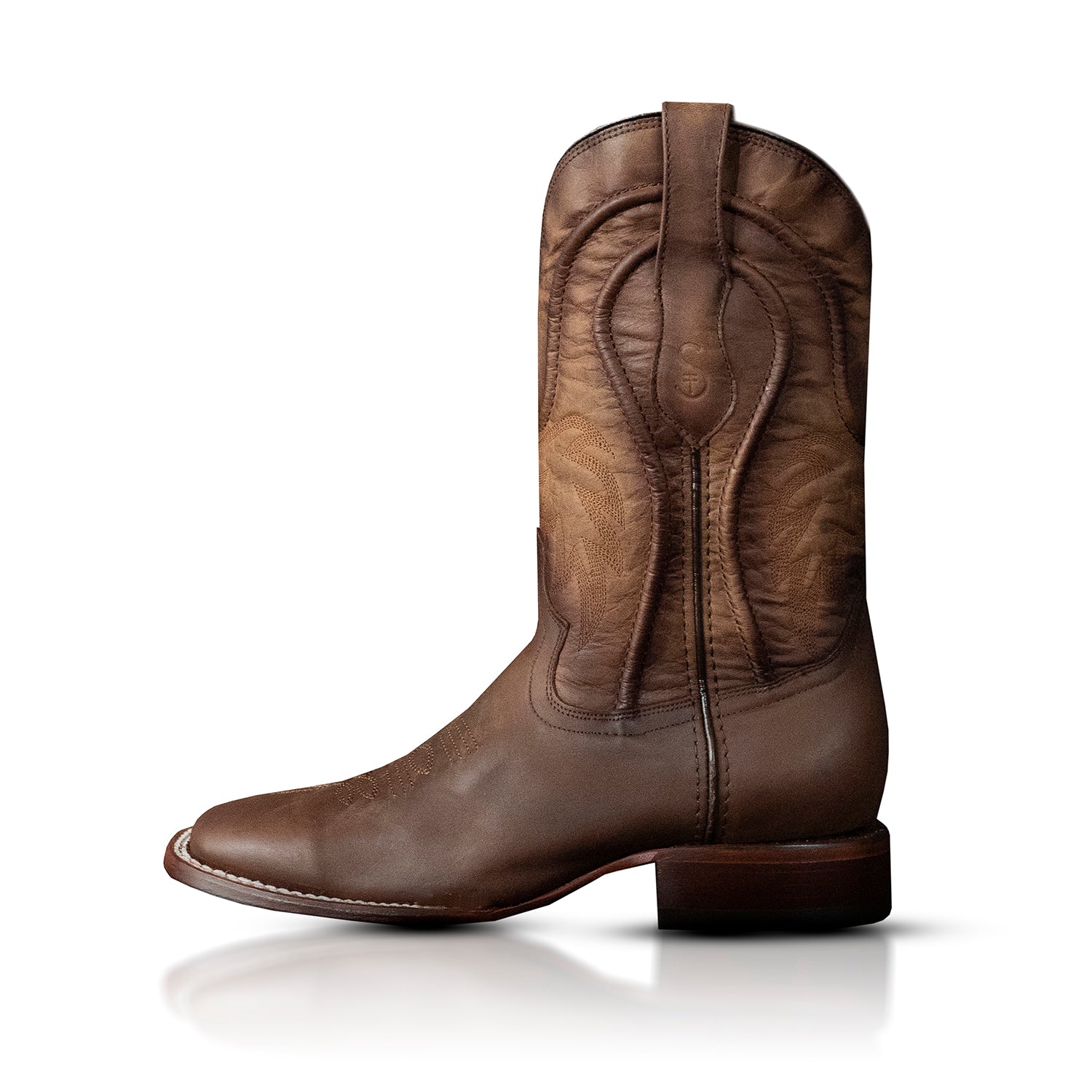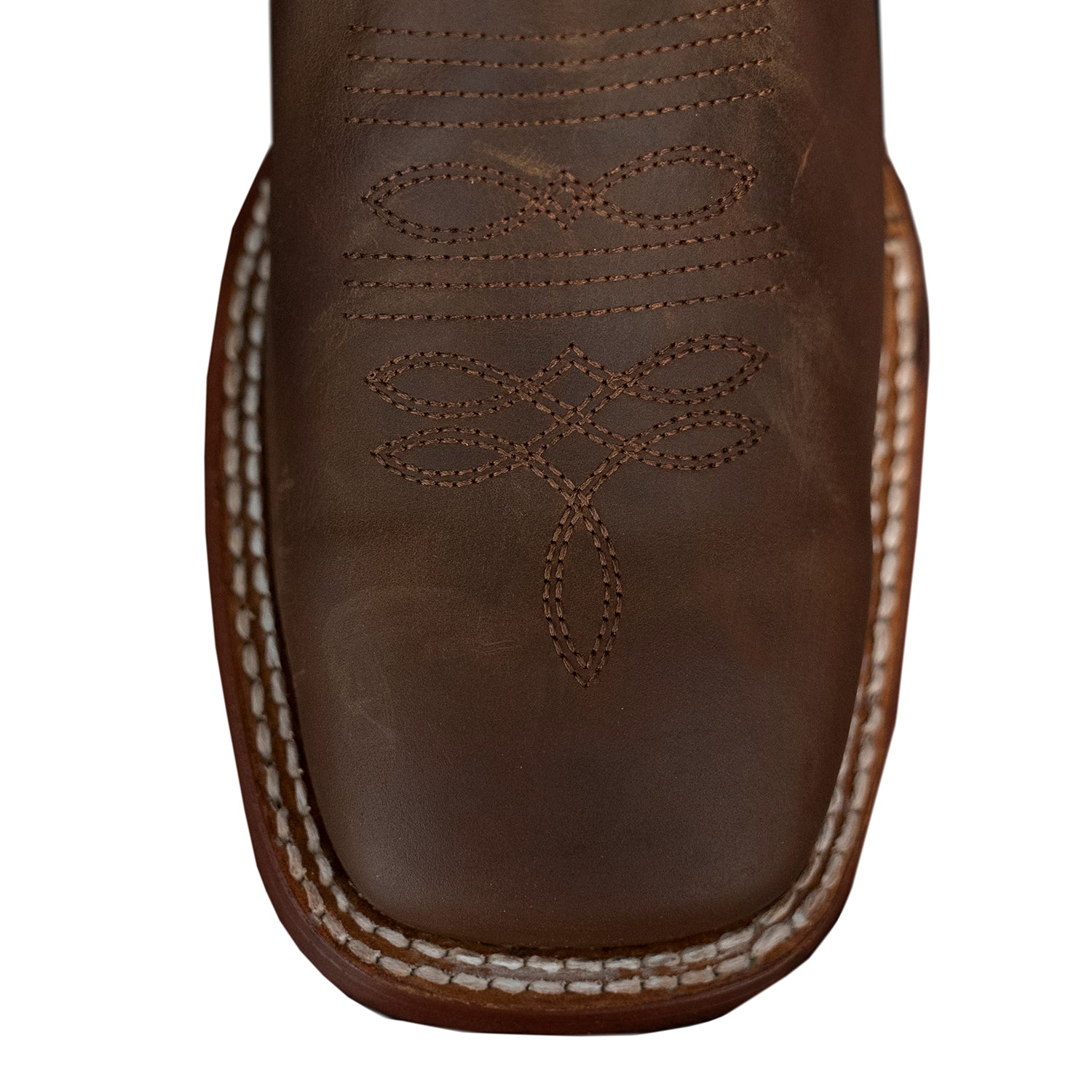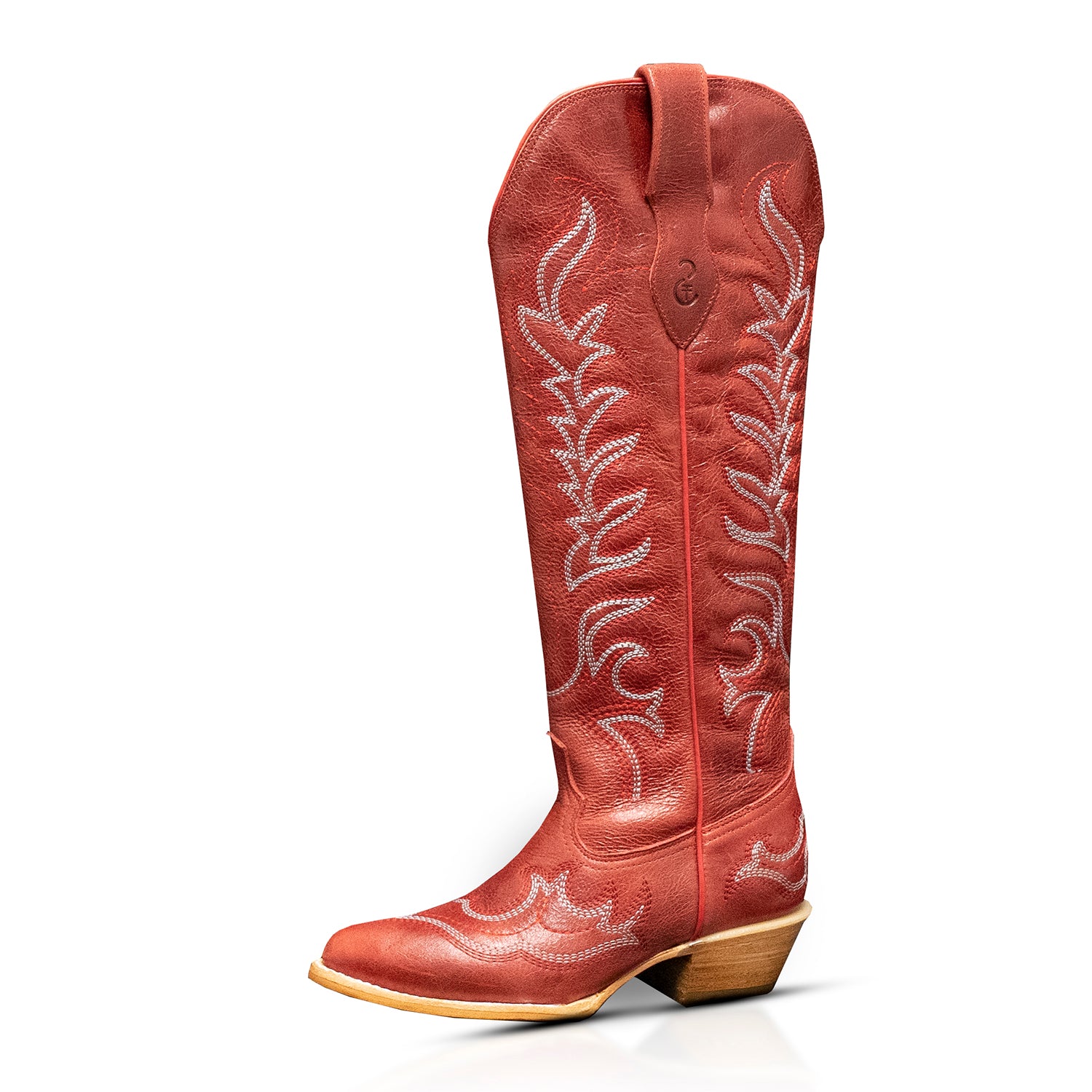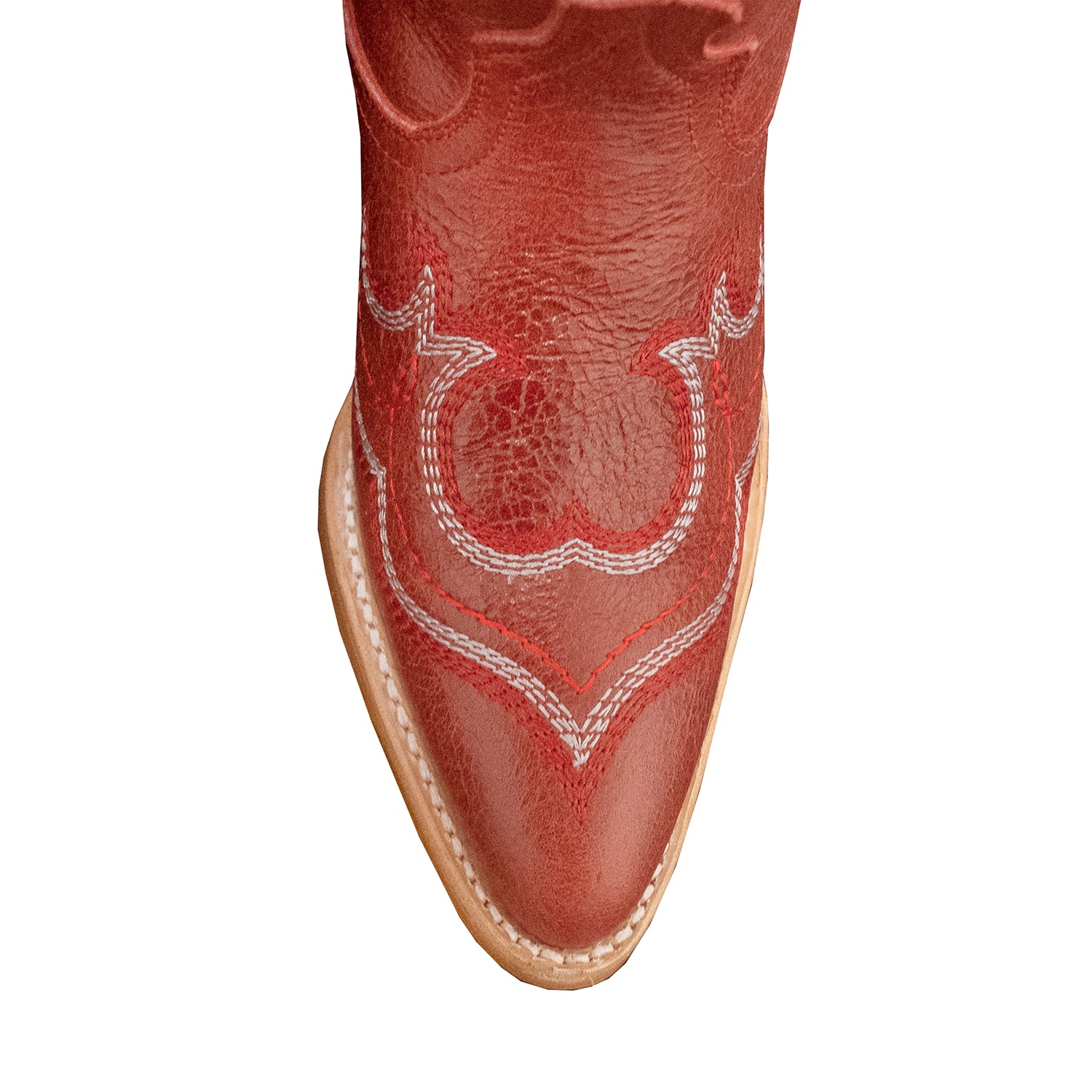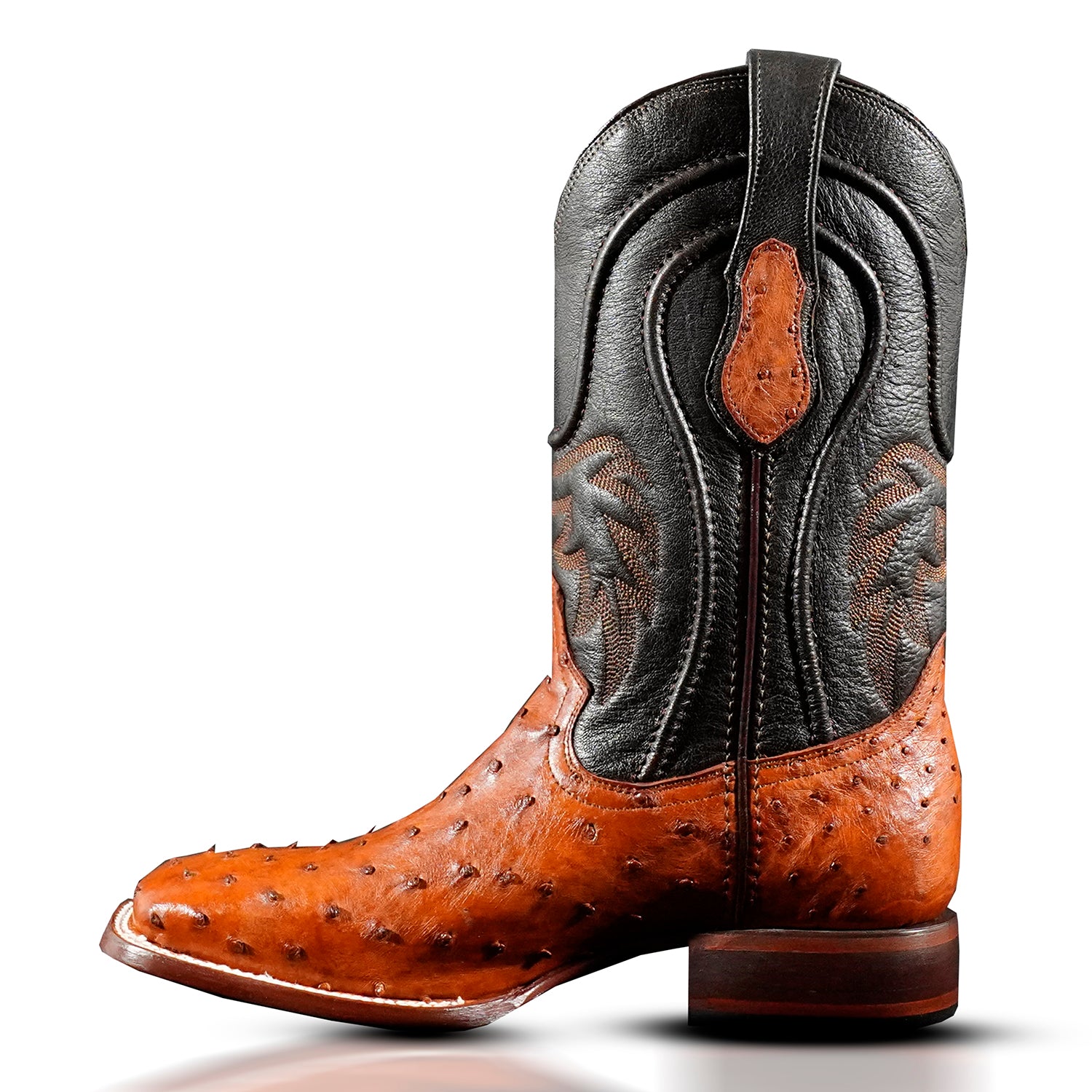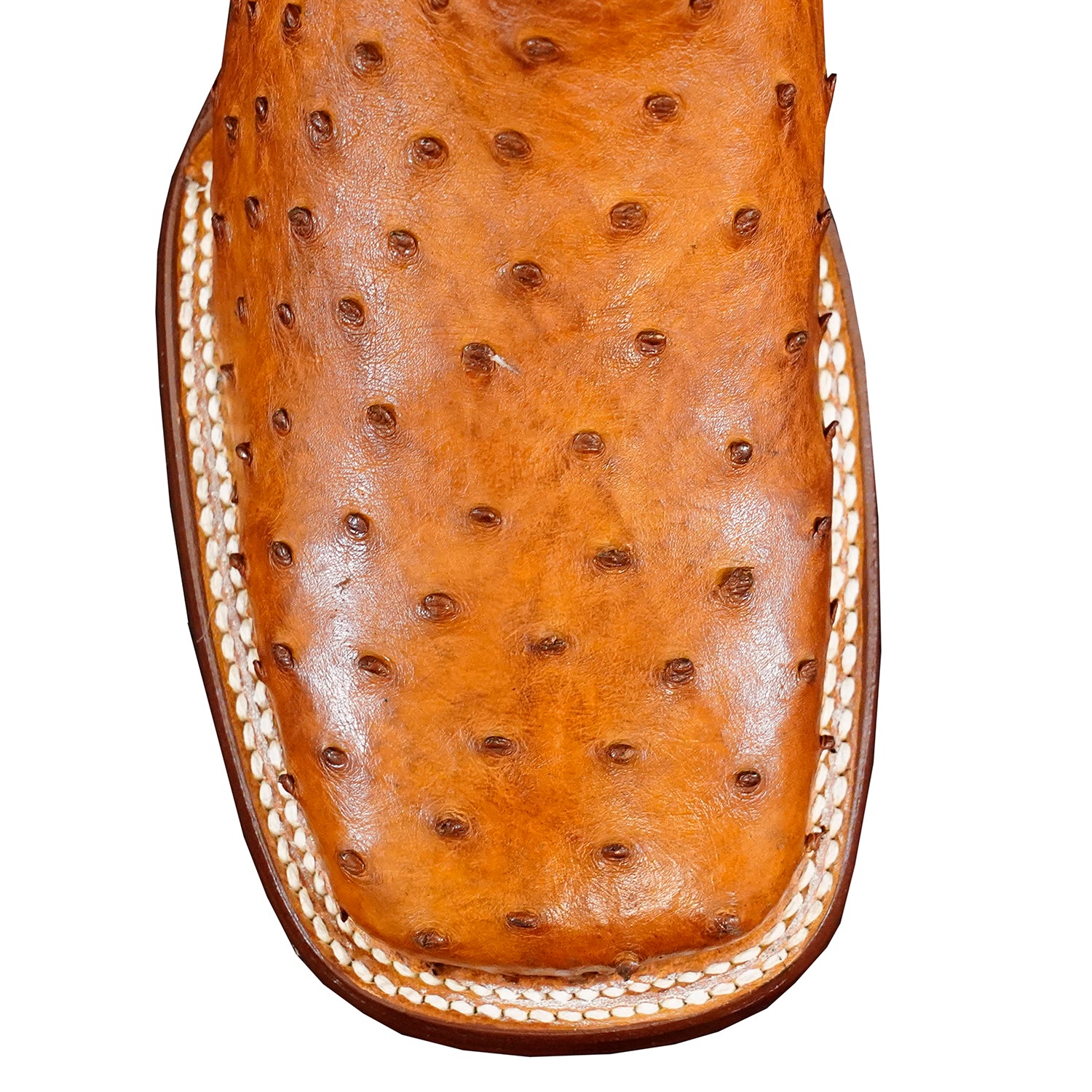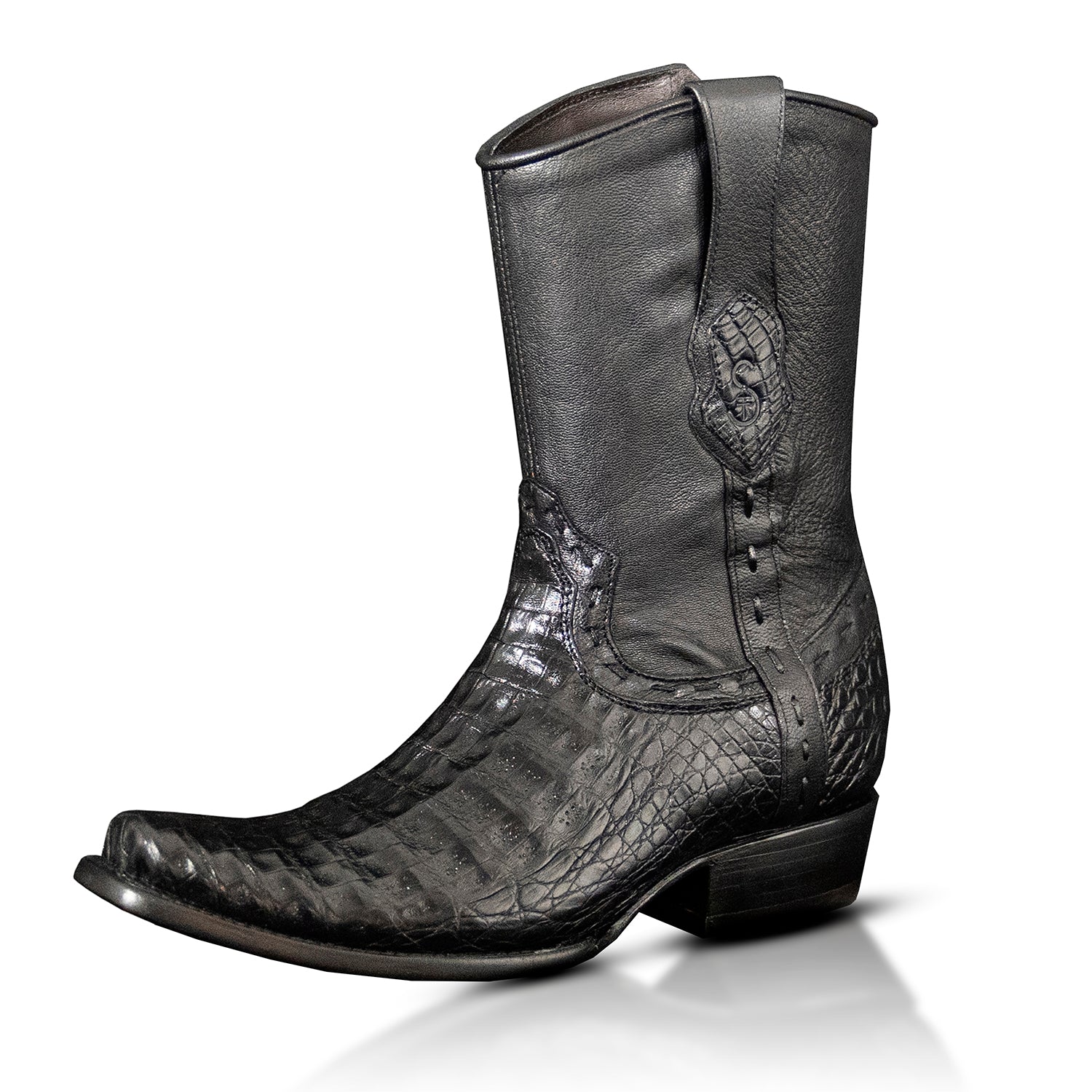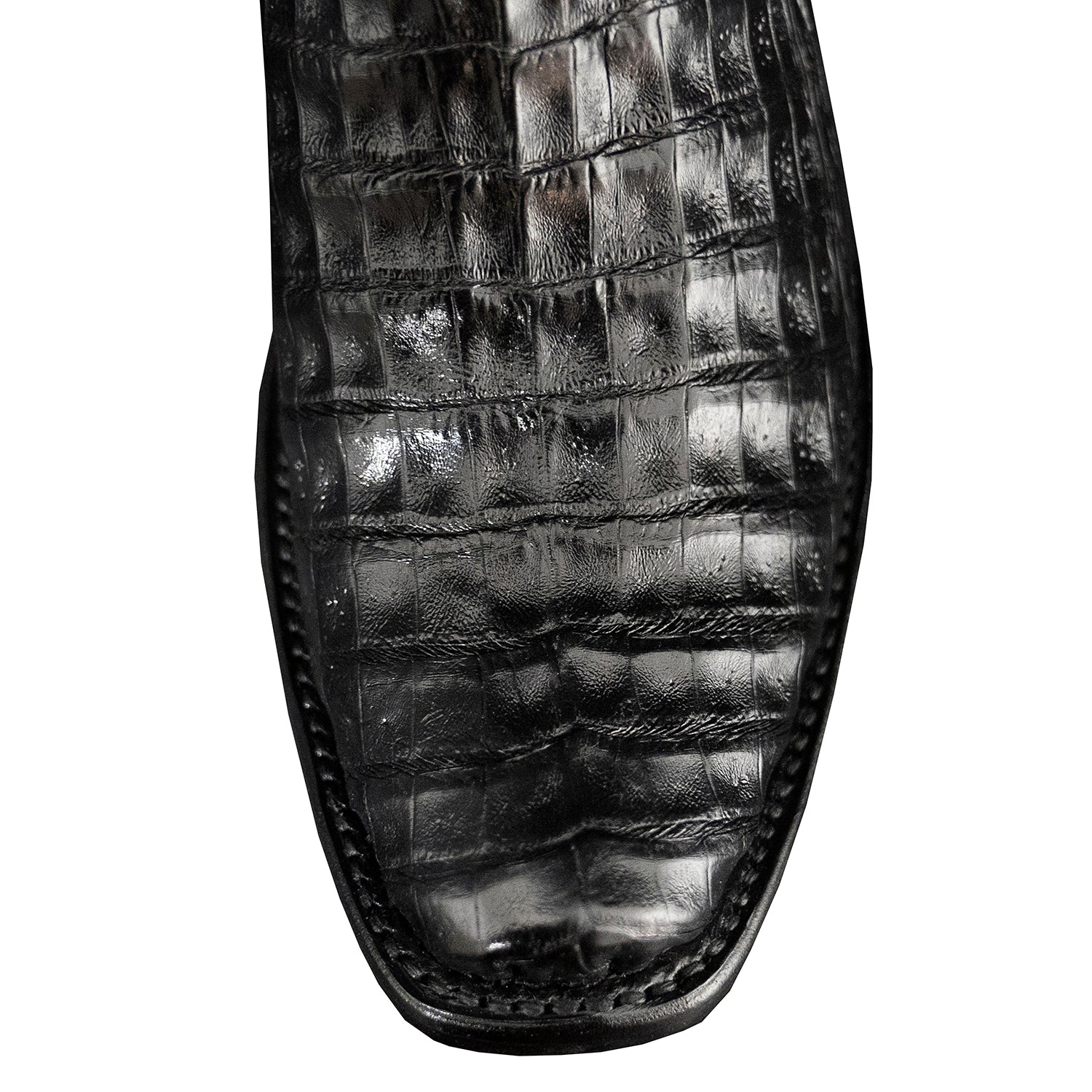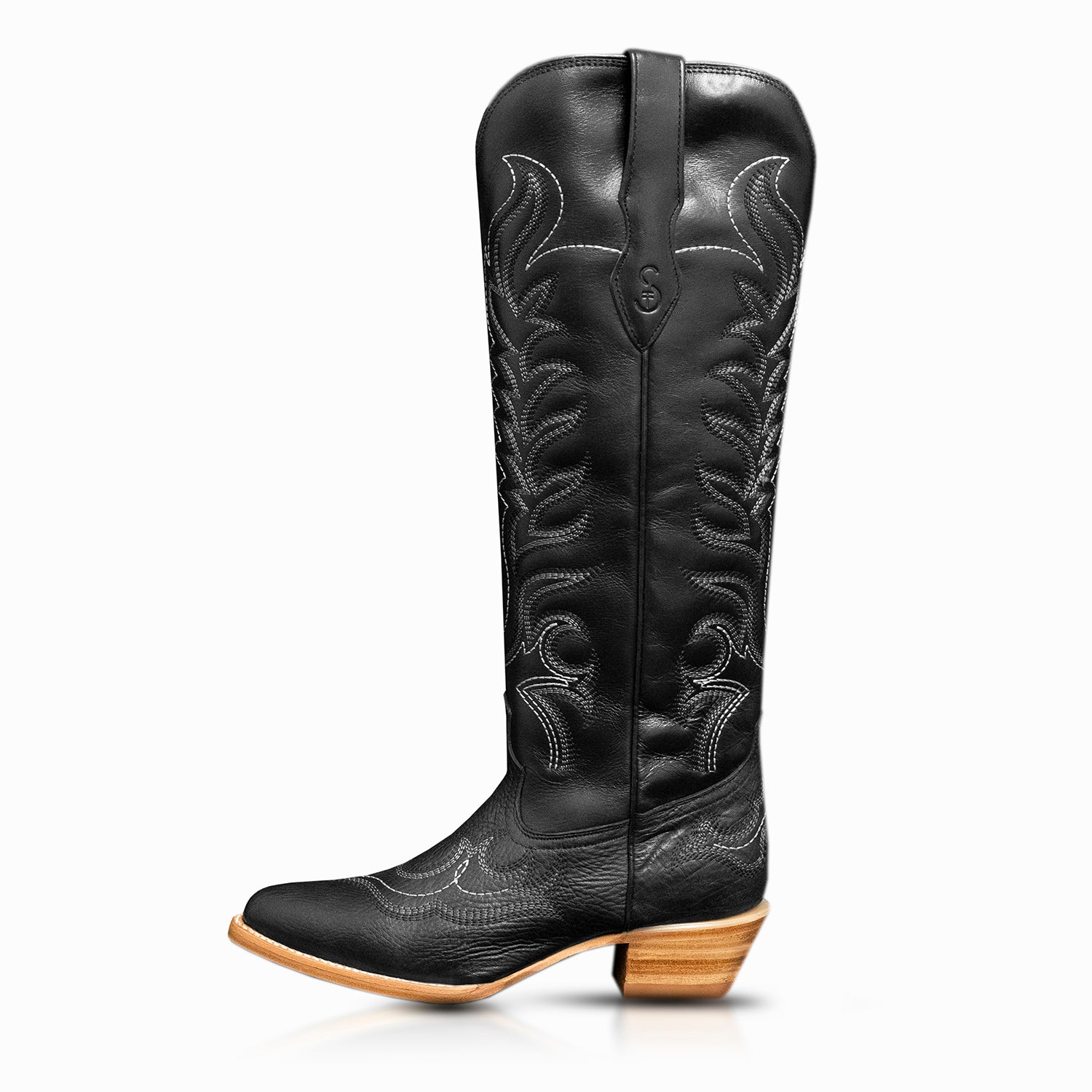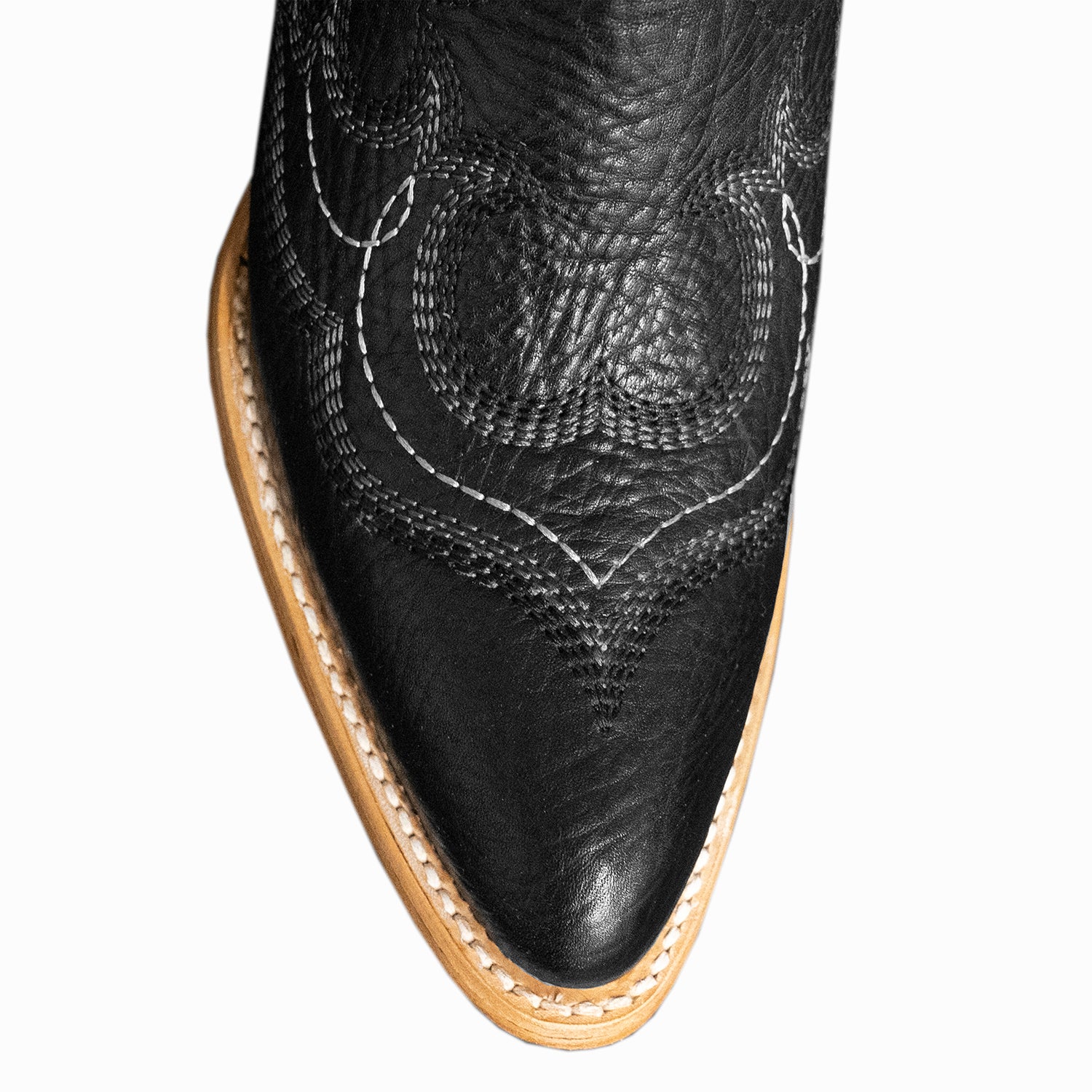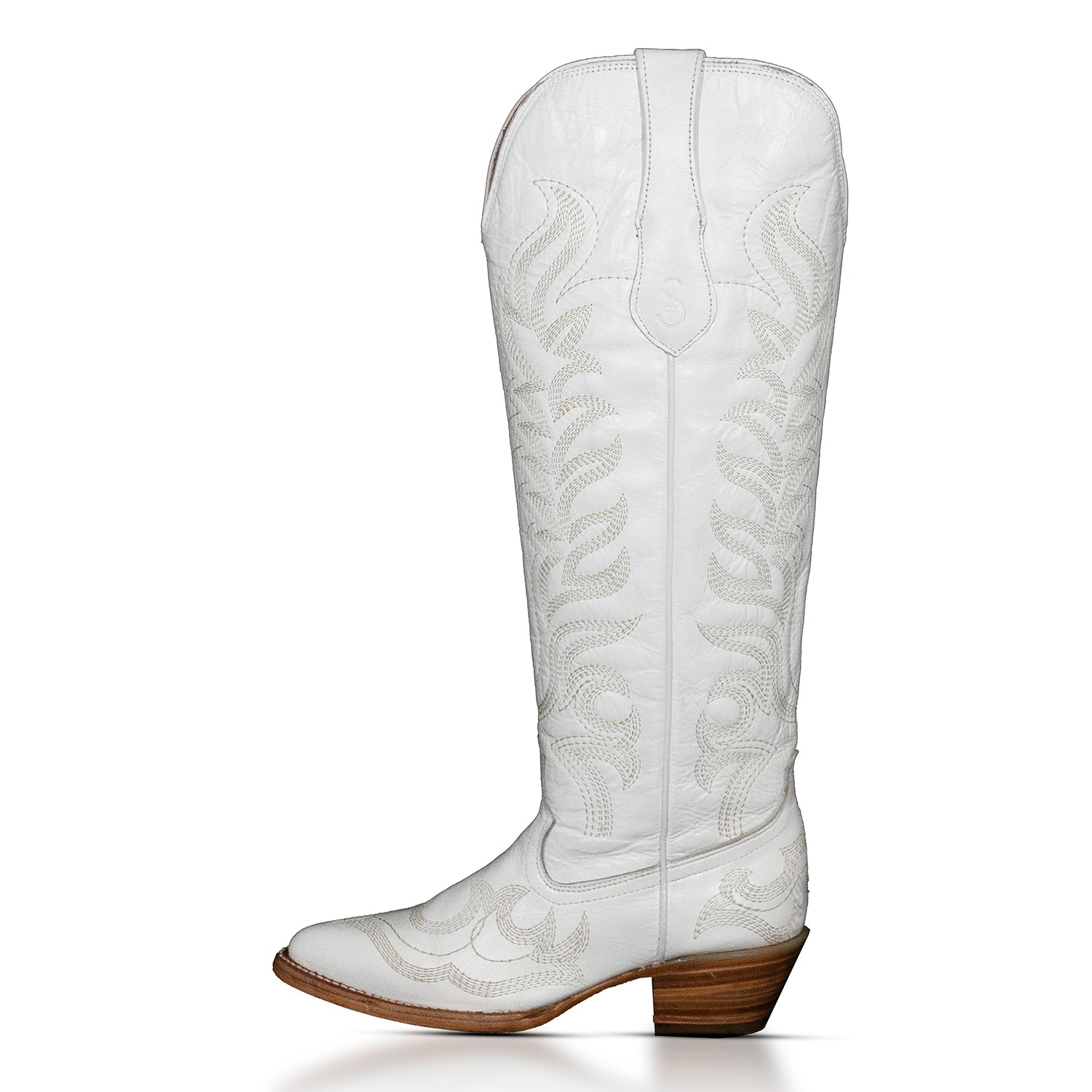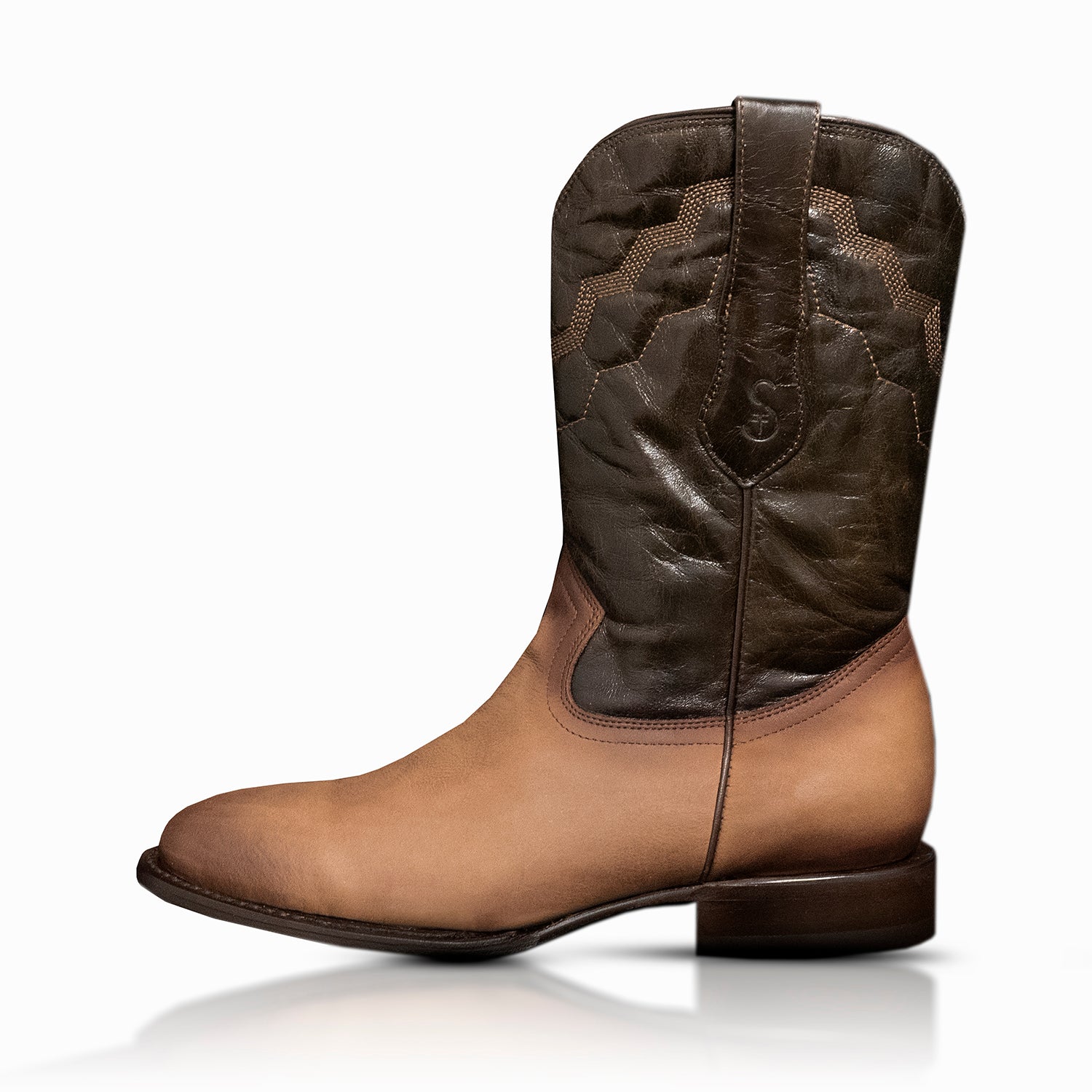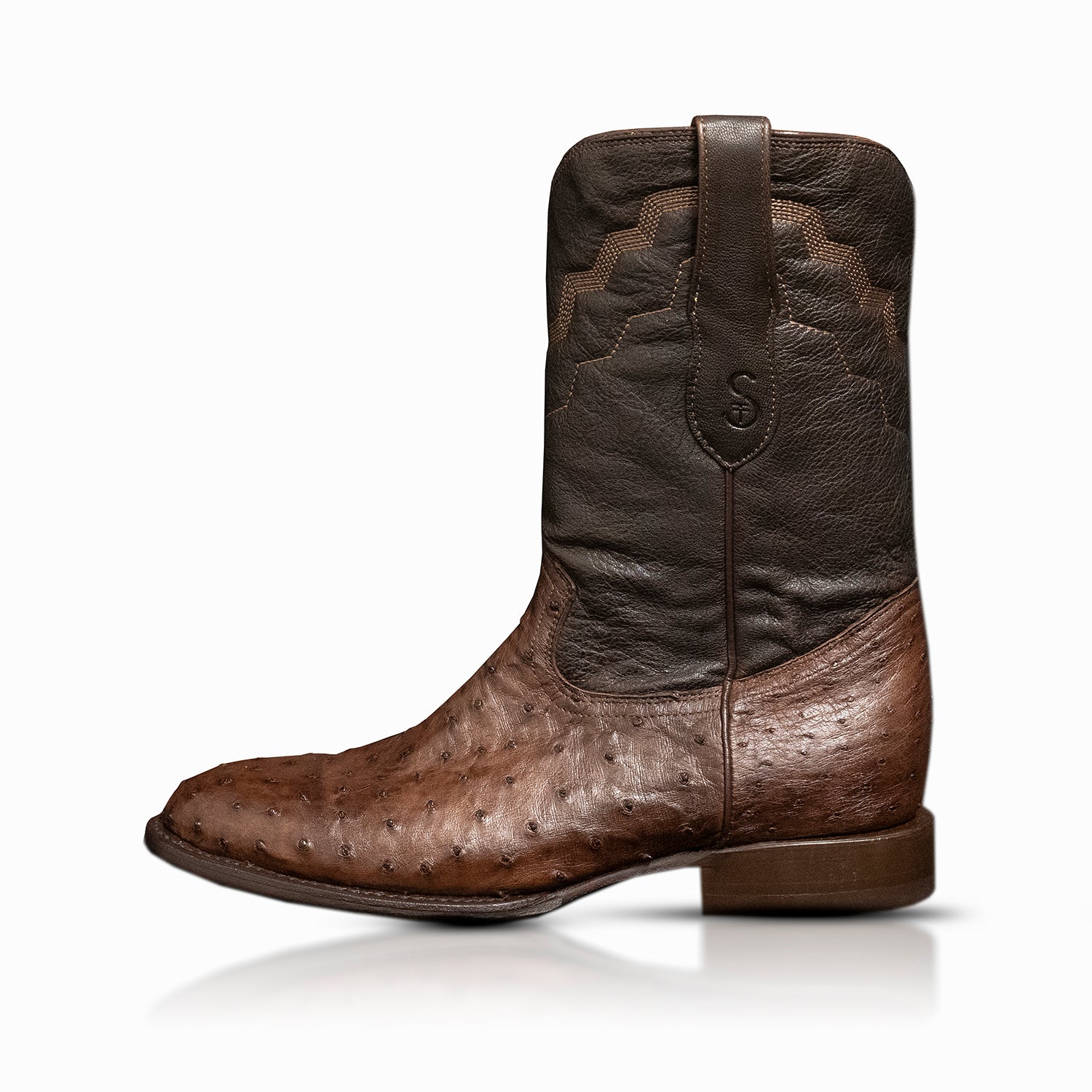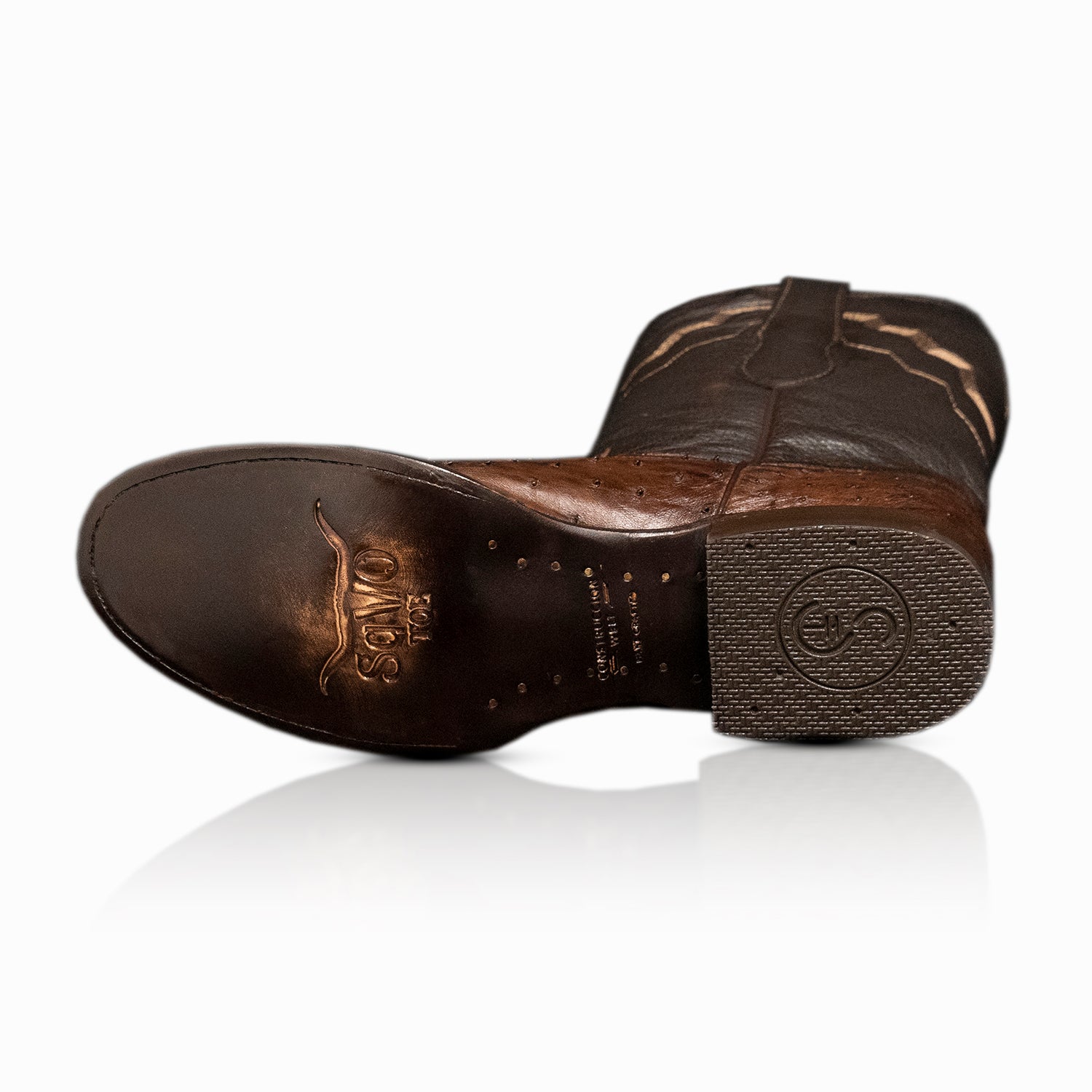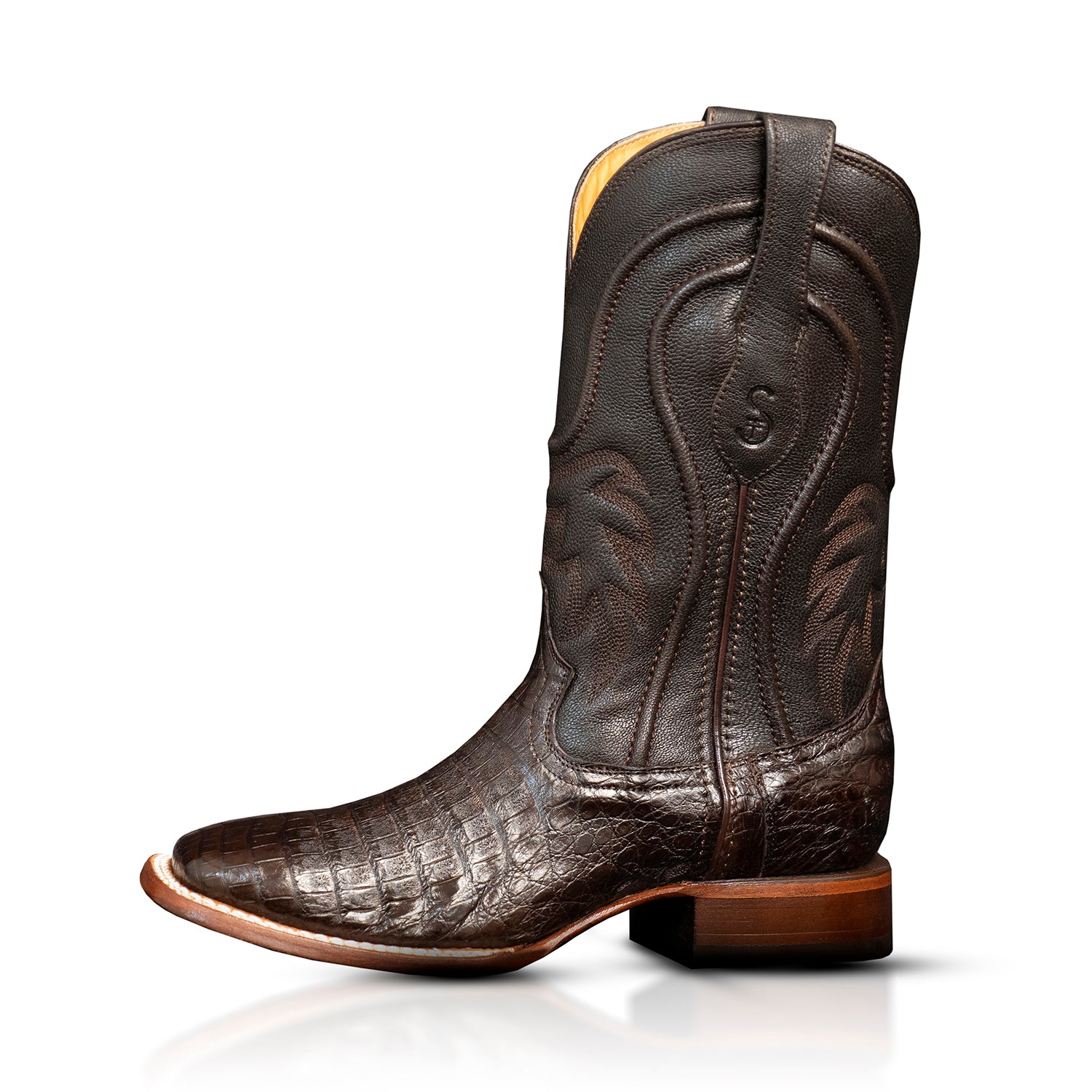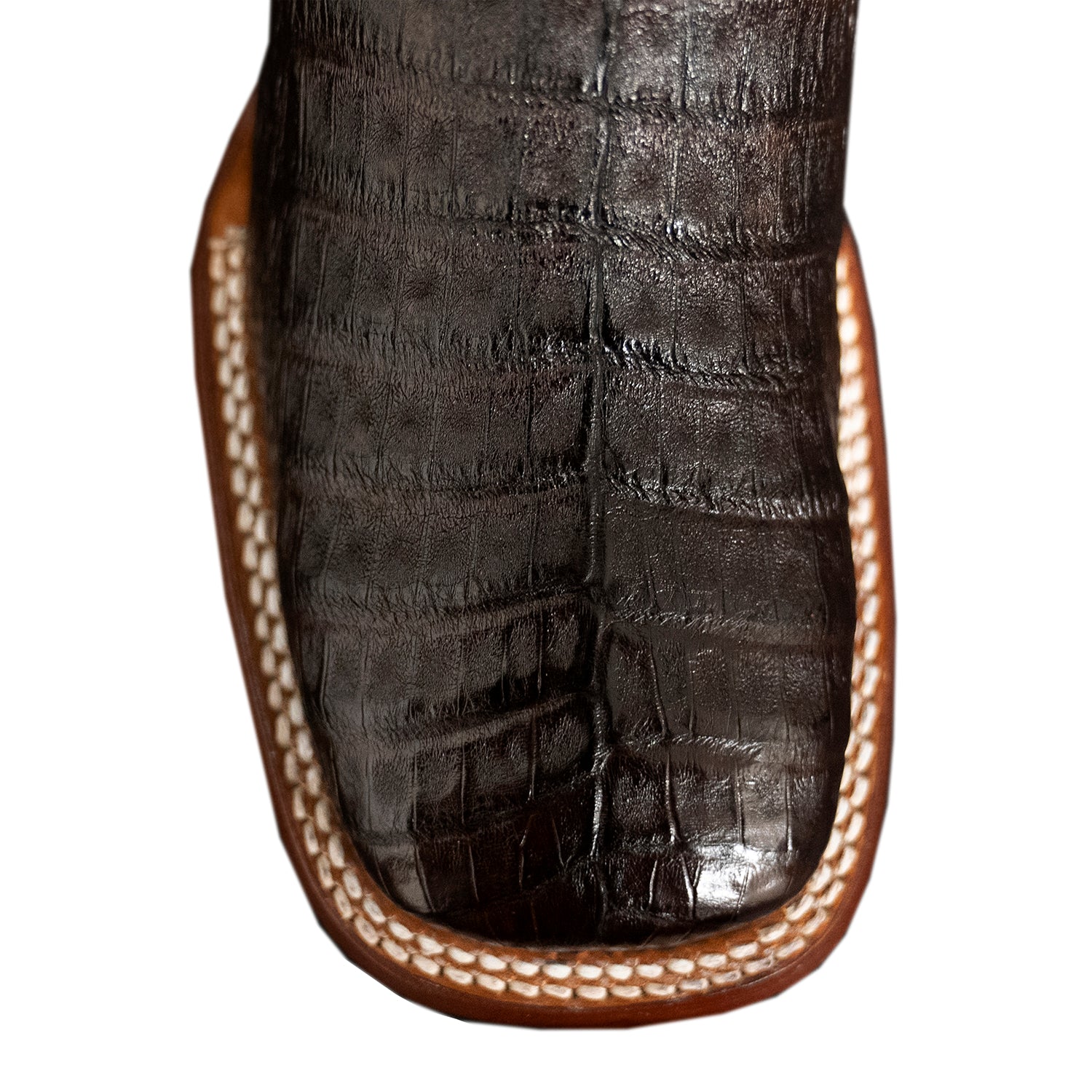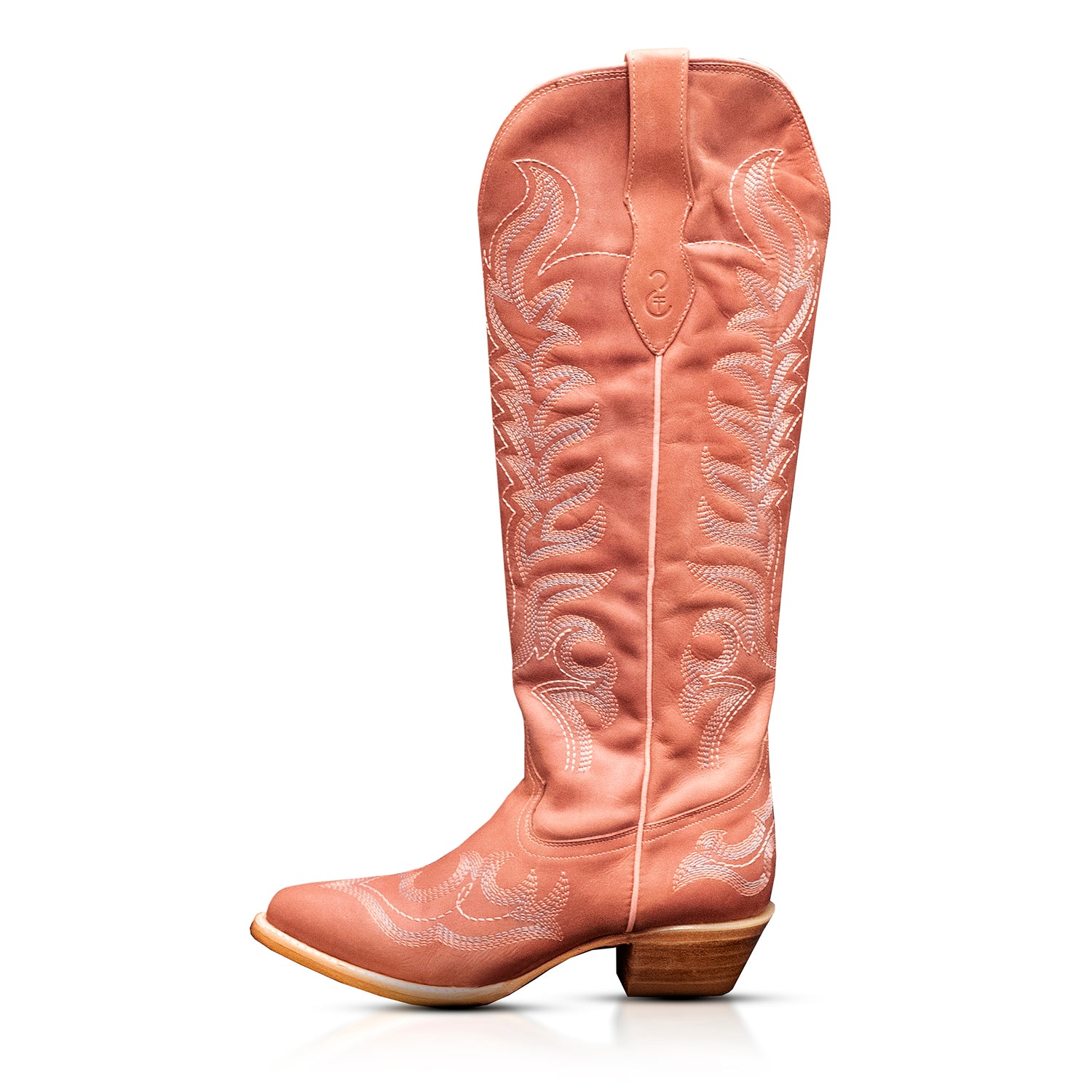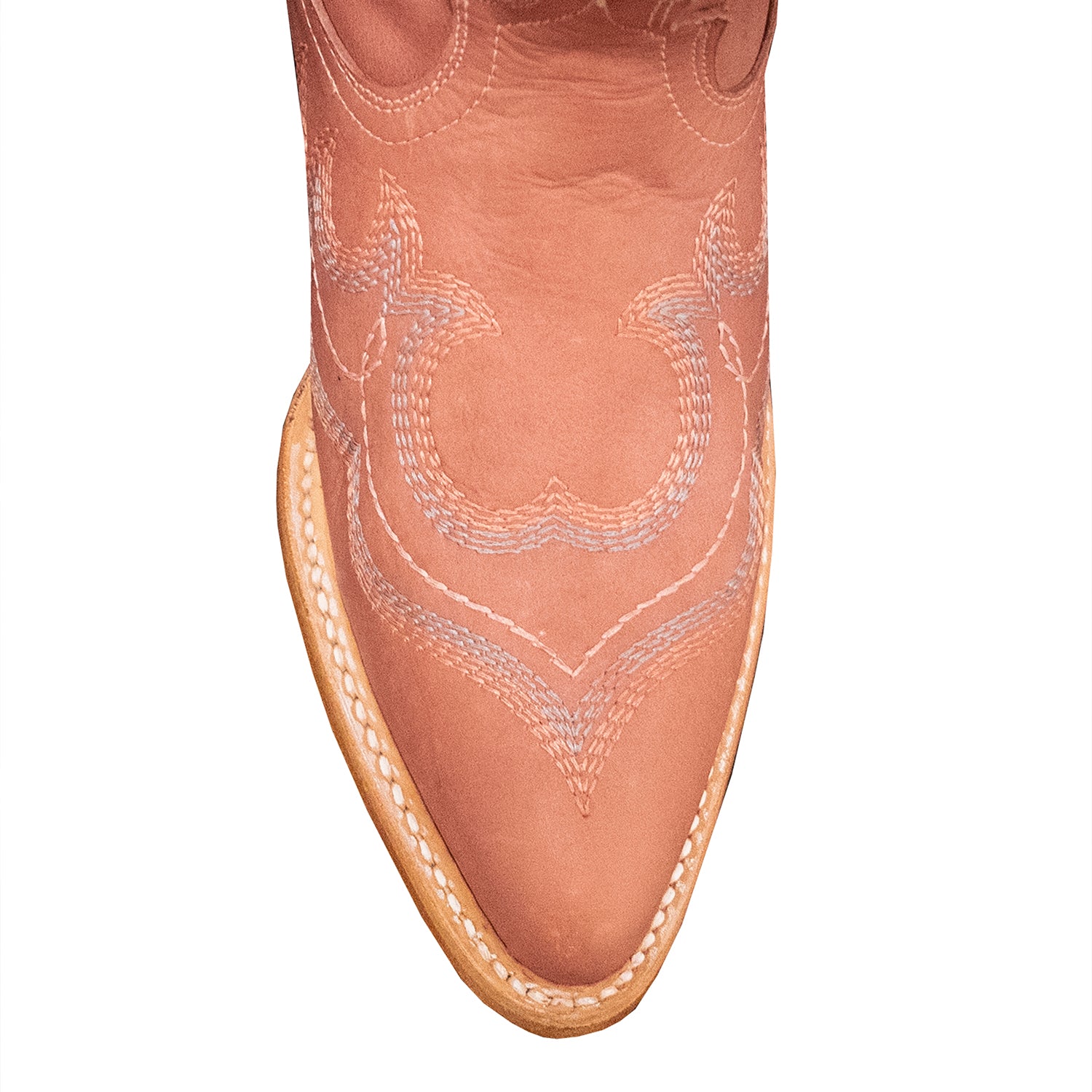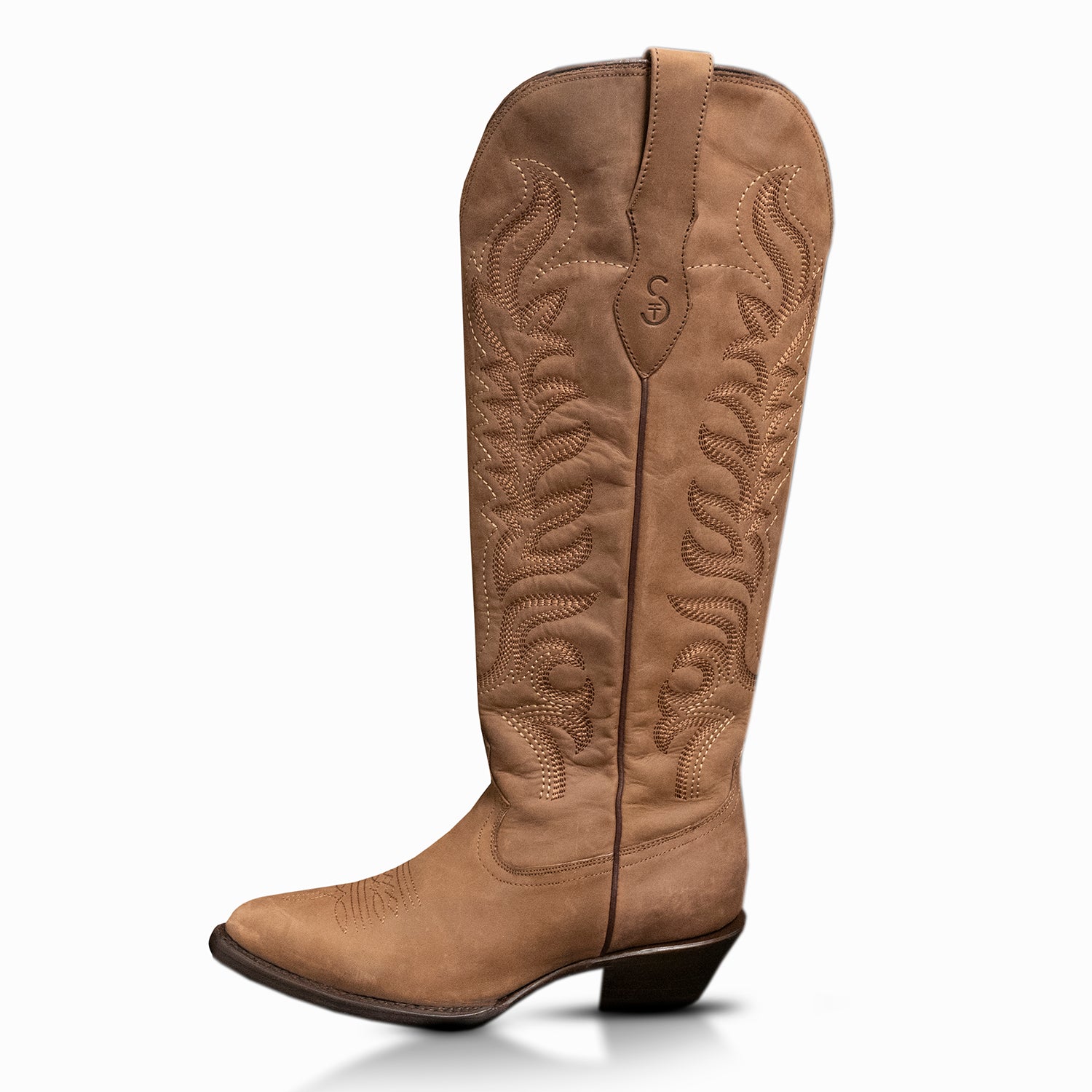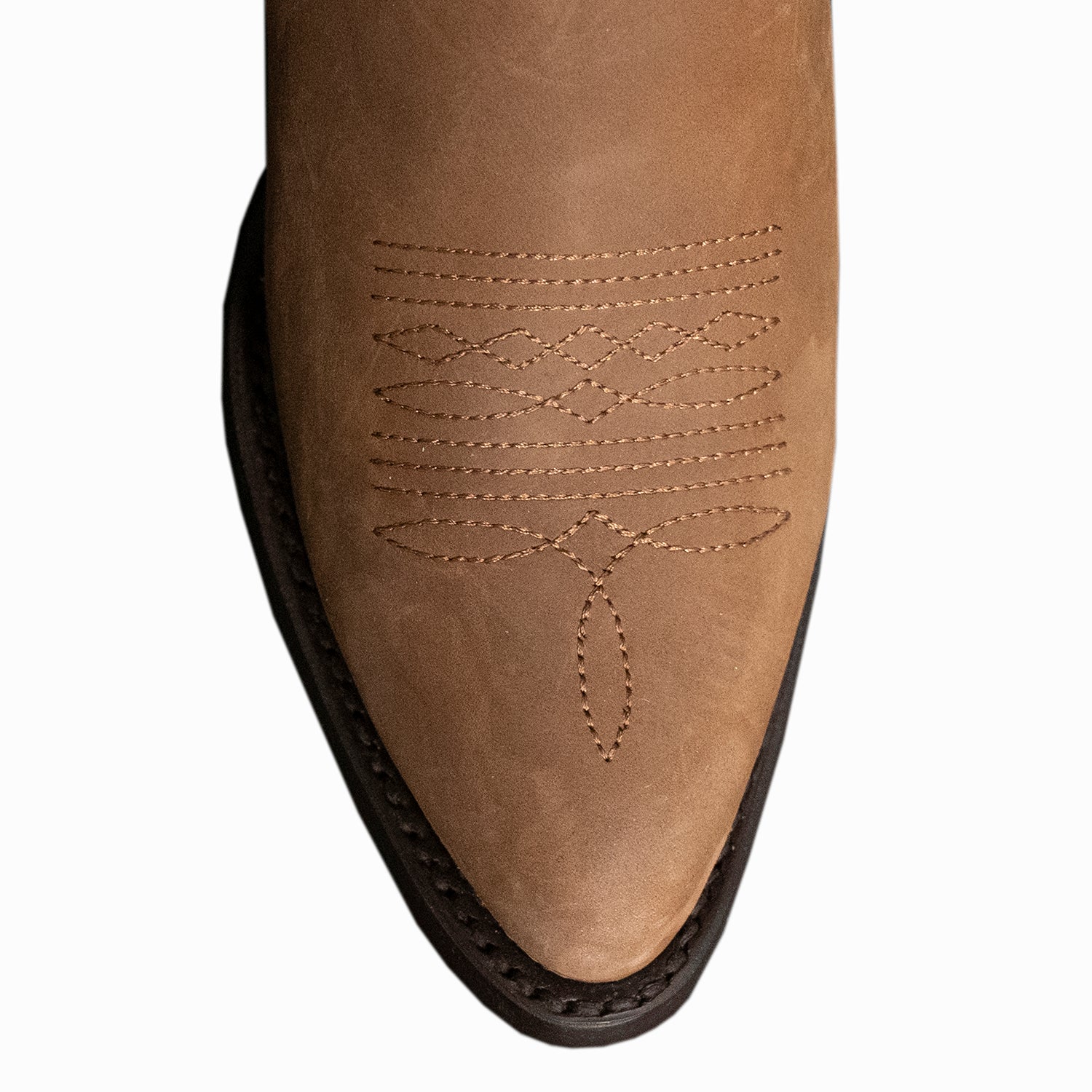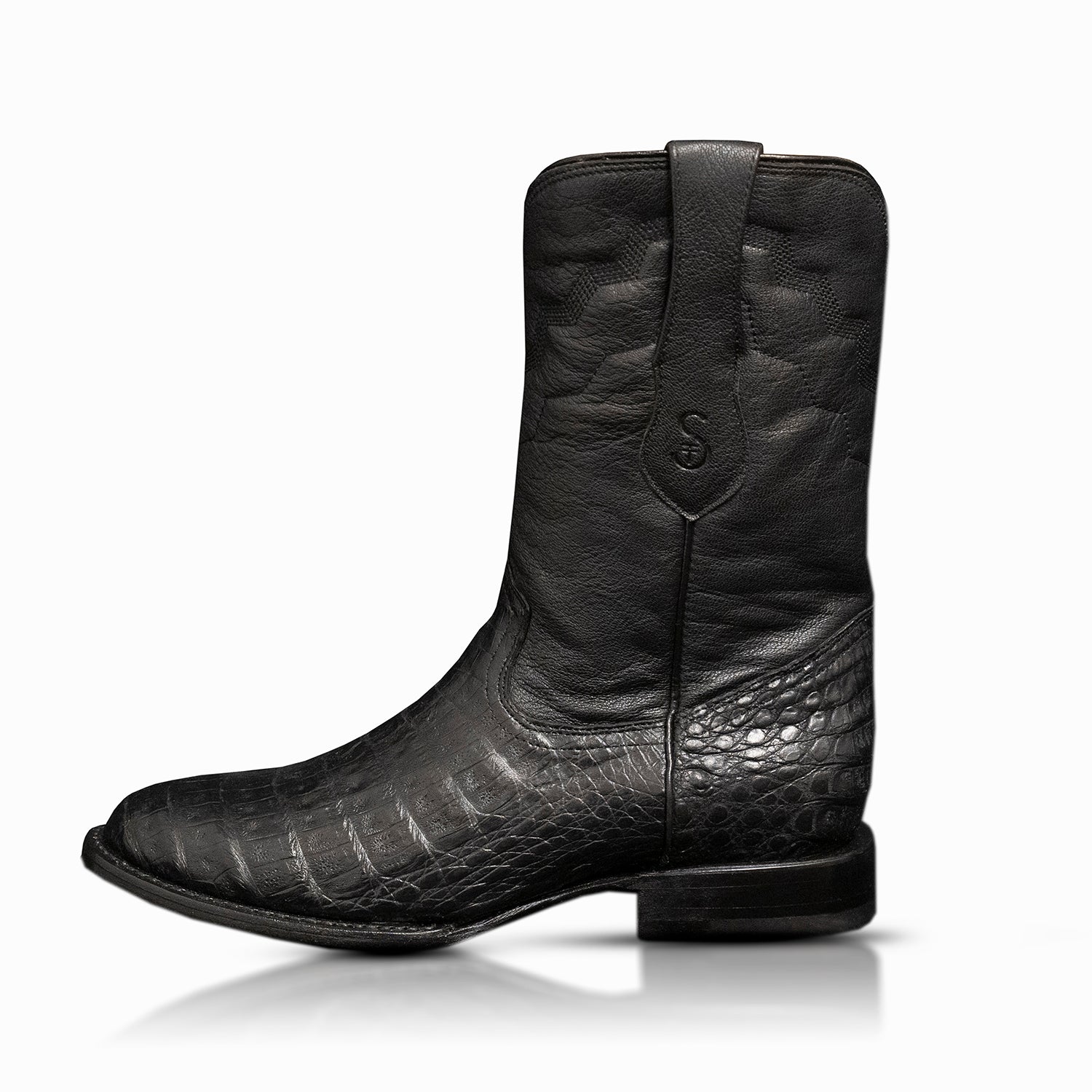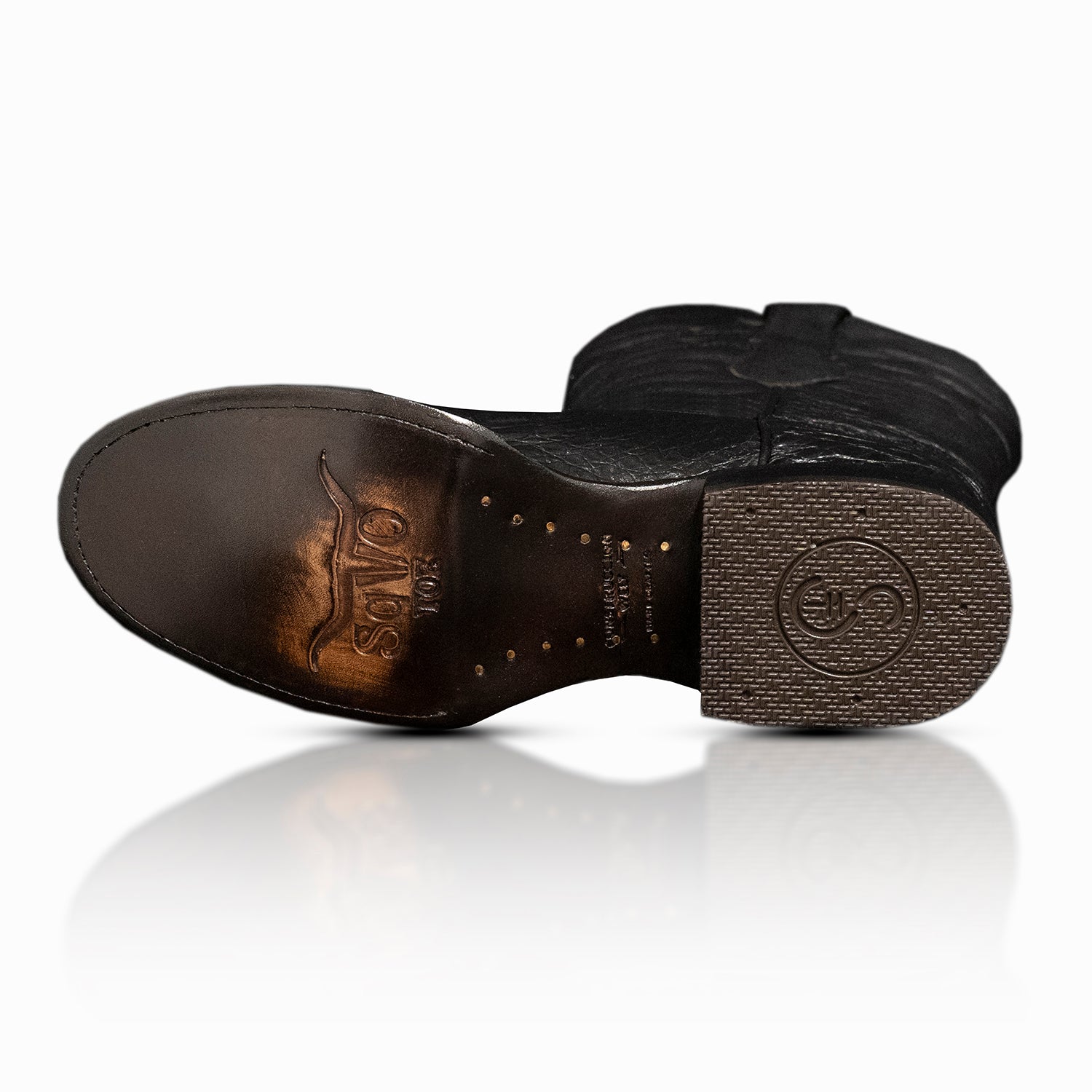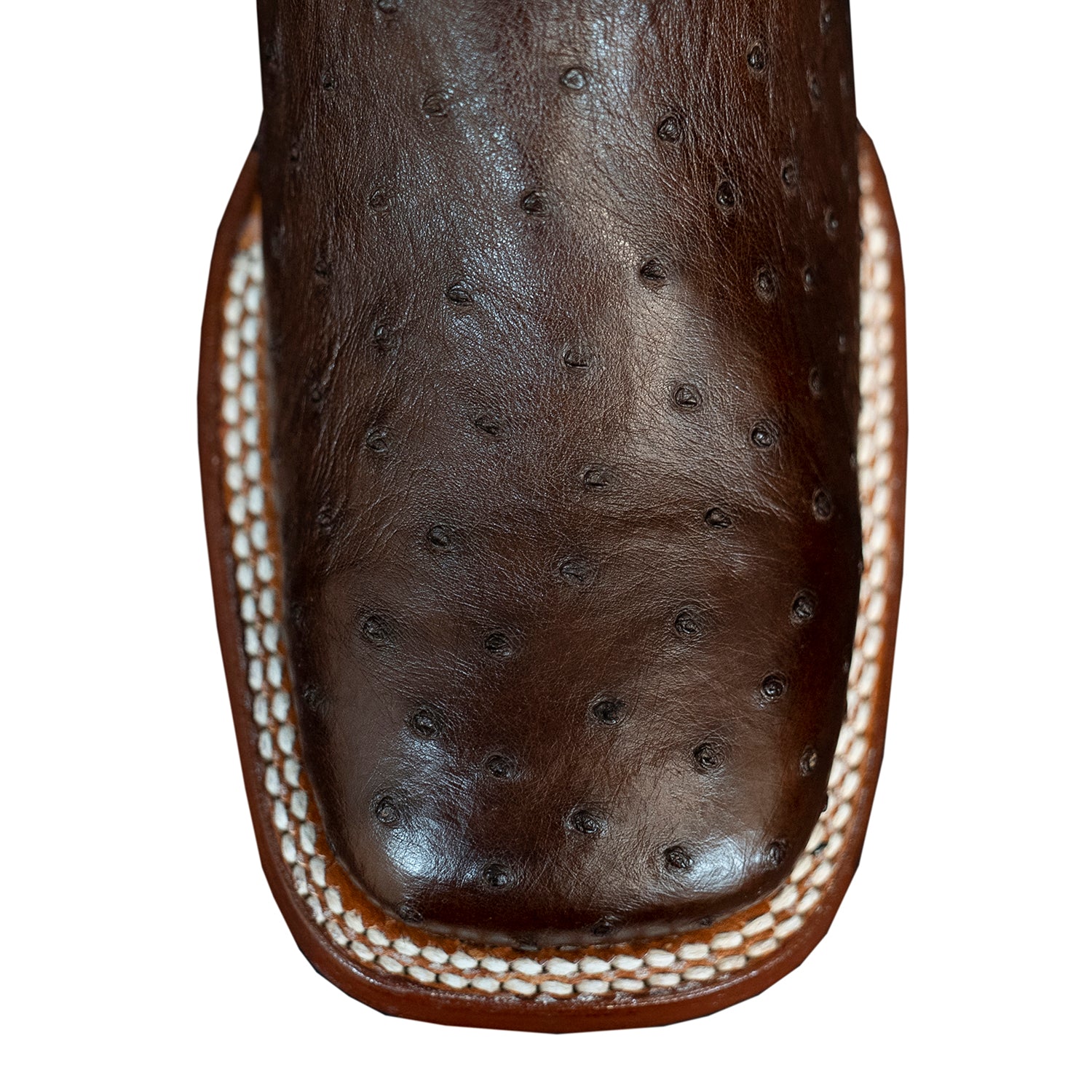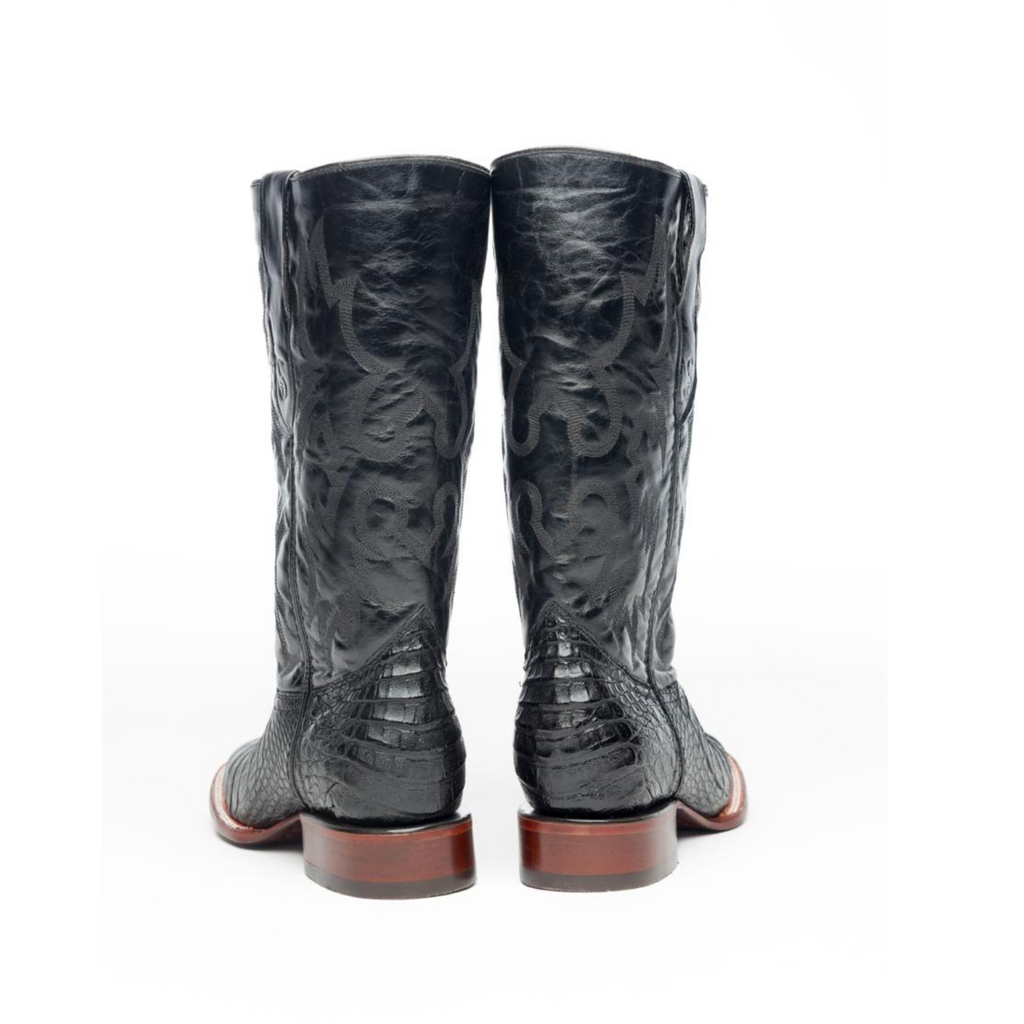
Materials That Make Boots Weather-Resistant

Boots take a beating when the skies open or trails turn muddy. Staying dry is more than just about comfort. It protects the leather and extends your boots’ life. Different materials and treatments can make boots stand strong in harsh weather.
Each choice helps shield against different weather conditions. If you’ve ever wondered how to waterproof shoes without ruining them, you’ll find plenty of options. This guide walks through the most effective materials.
It will also tell you when to use them. You will learn how to keep your boots ready for anything by the end of this guide. Let’s get right into it.
Wax v Beeswax: Which is the Better Way to Waterproof Shoes?
Waxes have been used for generations to block out moisture. Beeswax stands out as a natural choice. Synthetic waxes come in handy for quick fixes. Both work, but they shine in different situations. Let’s break down how each method helps with waterproofing shoes and why many still rely on them.
Long-Lasting Protection
Beeswax creates a shield that holds up under rough conditions. People often use beeswax boot waterproofing because it lasts longer than simple wax. One coat sinks deep into leather fibers, and it locks out water. It’s a favorite for hikers and workers who can’t risk soggy feet mid-day.
Easier to Apply
Standard wax goes on quickly and is easy for beginners. Wax is forgiving if you’re still learning how to waterproof a shoe. Here is how you can apply it:
- Rub it over the surface
- Warm it slightly
- It bonds to the leather
It might not last as long as beeswax, but it’s faster for busy mornings.
Affordable Solution
Wax products are widely available and budget-friendly. They’re great if you want waterproofing for boots without spending much. Wax does the job well enough for casual wearers who face rain only now and then.
Stronger Against Mud
Beeswax helps when dealing with shoes in mud. Its dense coating does more than just keep water out. It keeps dirt from sticking deeply. Cleaning is simpler after a messy trek, because mud wipes off rather than soaking in.
How to Waterproof Leather Boots and Shoes?
Leather is durable but thirsty. Water stains will weaken and crack it without treatment. Learning how to waterproof boots keeps them looking good and working hard. The right approach depends on your boots’ use and the leather type. You also need to consider your routine.
Use Sprays for Quick Jobs
A waterproof protector spray for shoes works best for fast results. Sprays sink into the pores and give solid coverage in minutes. Many people call them the best shoe waterproofers for daily use. A boot spray waterproof keeps you dry without extra tools, if you’re in a rush.
Go Natural with Beeswax
Beeswax is still reliable if you’re wondering how to make shoes waterproof naturally. It not only seals the surface but also conditions the leather. Regular use prevents cracks and adds shine. This makes your boots last longer.
Try Silicone Options
Silicone spray for shoes forms a flexible barrier against water. It works especially well on newer leather because it doesn’t clog the pores. It’s also safe on synthetic blends. This gives you wider coverage than wax.
Treat Leather Properly
It’s smart to learn how to treat leather shoes before using sprays or wax. Clean off dirt and dry the surface. You need to then apply it evenly. Skipping these steps means products won’t stick. It will also mean that water will slip right through weak spots.
Cover for Extra Safety
Sometimes sprays and wax aren’t enough. A simple way to cover shoes from rain is by using waterproof overshoes. They’re handy for commuters and keep mud from staining expensive boots. Think of them as a raincoat for your footwear.
When is a Good Time to Waterproof My Shoes?
Timing is everything. Do it too late and water damage sets in. Do it too early, and coatings wear off before they’re needed. Knowing how to waterproof shoes at the right moment saves you effort and money. Let’s look at the best times to act.
Before the First Wear
Always treat new boots before stepping outside. Many brands ship untreated leather. Adding shoe waterproofing on day one blocks water stains right away. This small step keeps your boots fresh for longer.
At the Start of Each Season
Each season brings new risks. Winter means snow. Spring brings showers. Summer hikes often mean shoes in mud. Refresh your boots with a waterproof spray before the shift. It prepares them for the battles ahead.
After Every Deep Clean
Once you scrub your boots, the protective layer washes off too. Reapply footwear protector spray or wax after cleaning. This keeps the cycle going and prevents weak spots from forming.
Before Heavy Use
Planning a camping trip or long work shift? Reapply waterproofing boots the night before. Many rely on exotic work boots or expensive leather pairs, and skipping this step risks long-term damage. A quick spray gives peace of mind.
When Leather Looks Dry
Dry leather cracks fast. That’s your cue to apply water-resistant spray for suede shoes or wax. It restores oils and seals the surface. Waiting too long means repairs instead of protection.
Final Word
Keeping boots weather-ready isn’t complicated. Your feet stay dry and your boots last longer with the right timing and materials. Waxes and natural methods all play their part. Treat your boots with care if you want them to carry you through rain and snow with ease.



